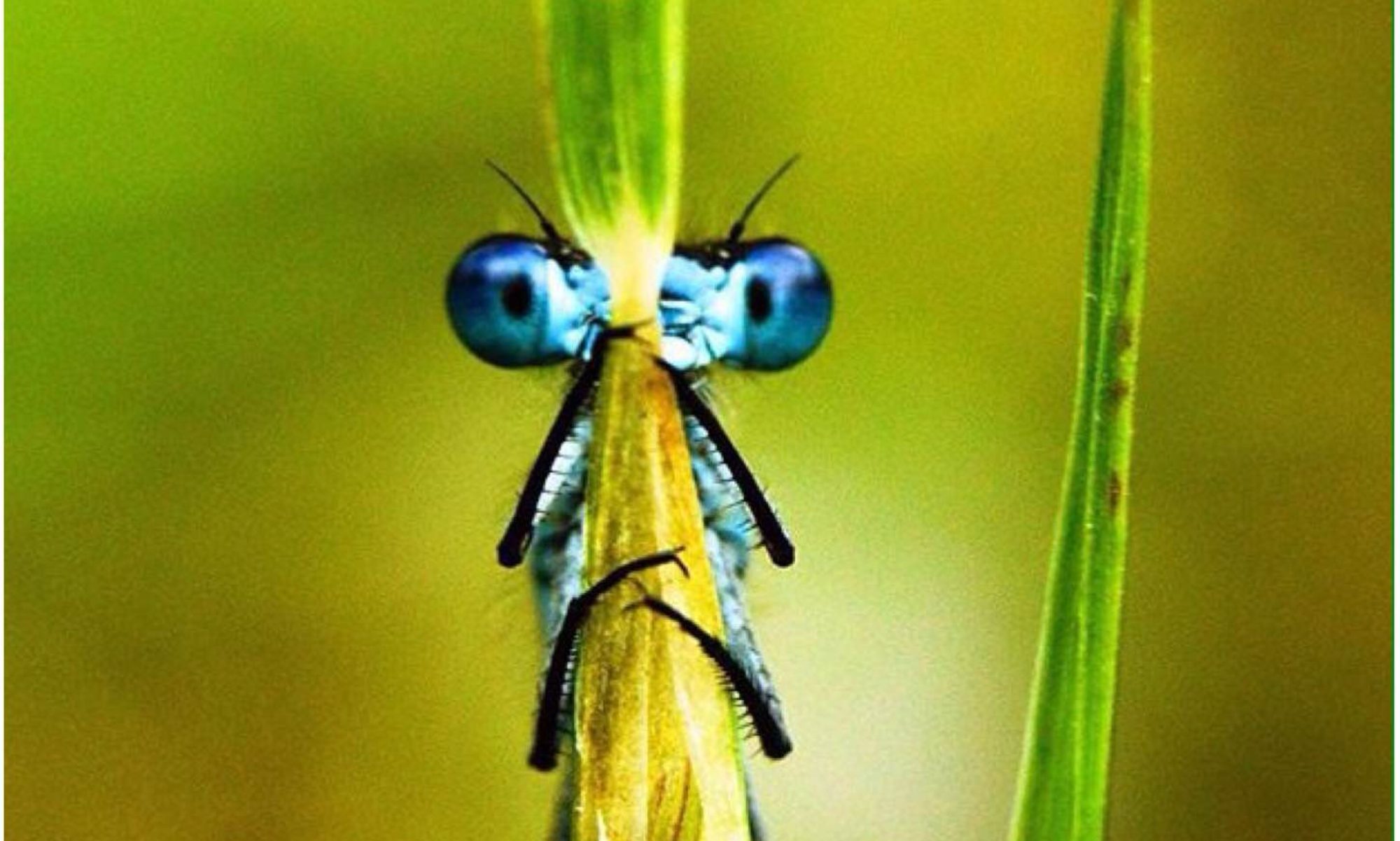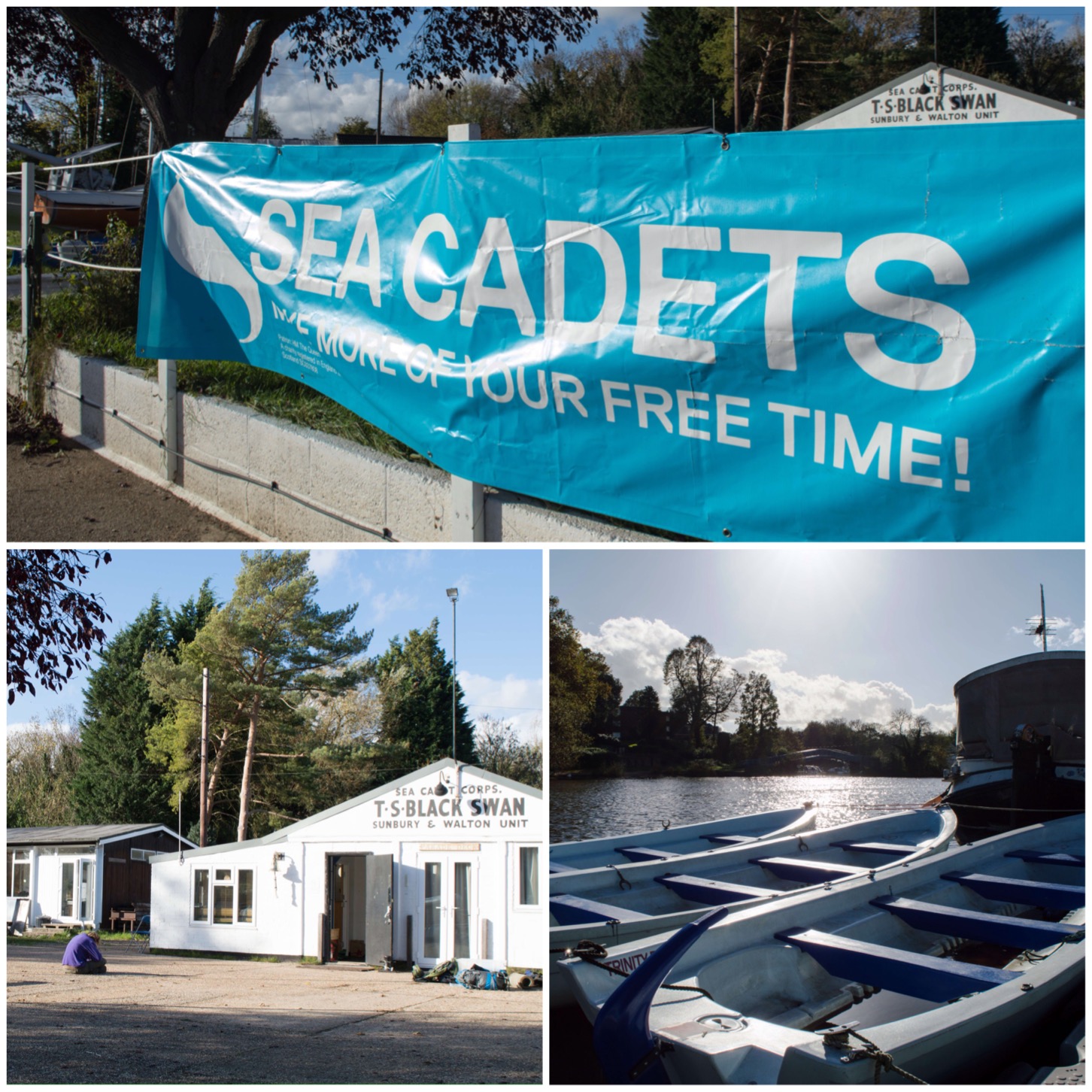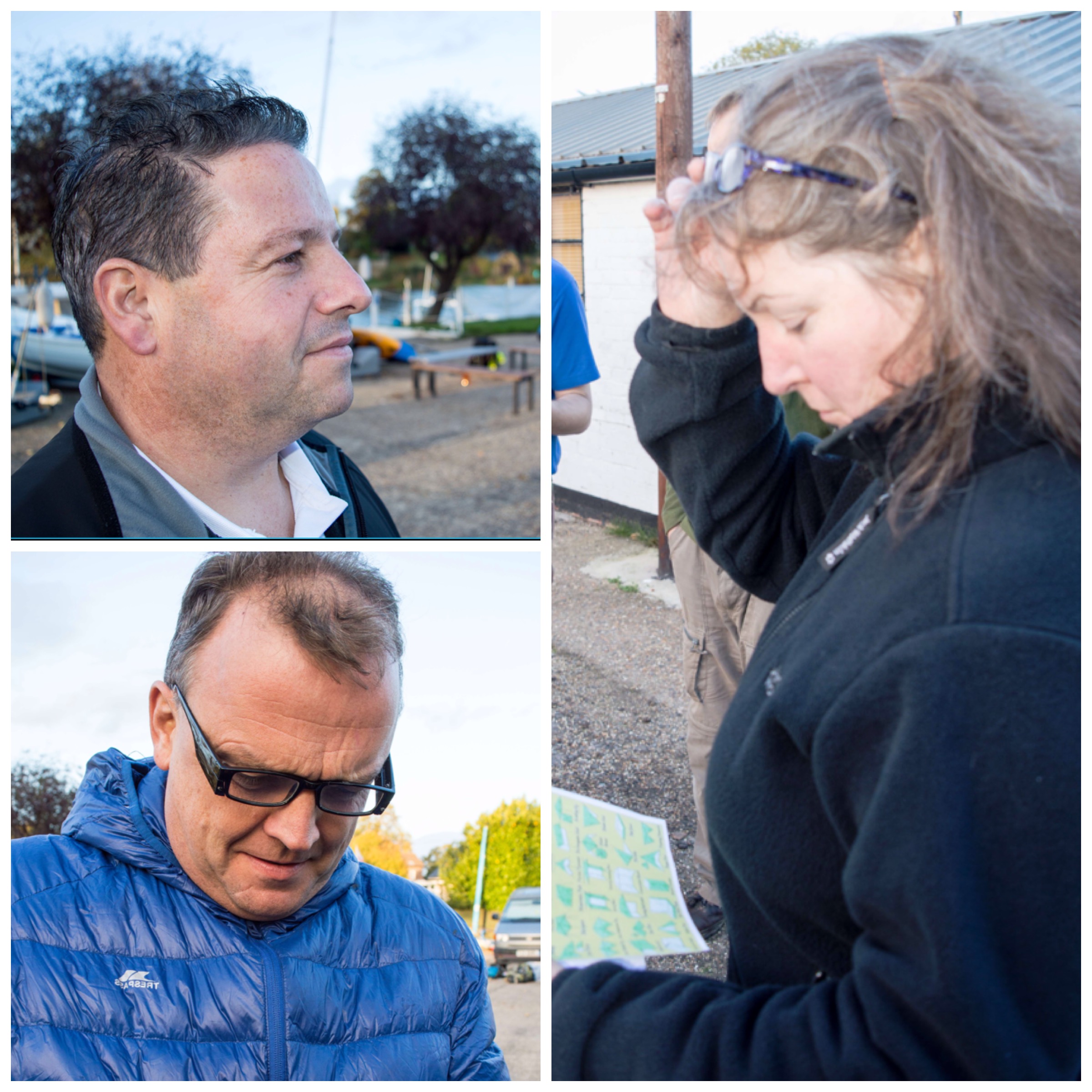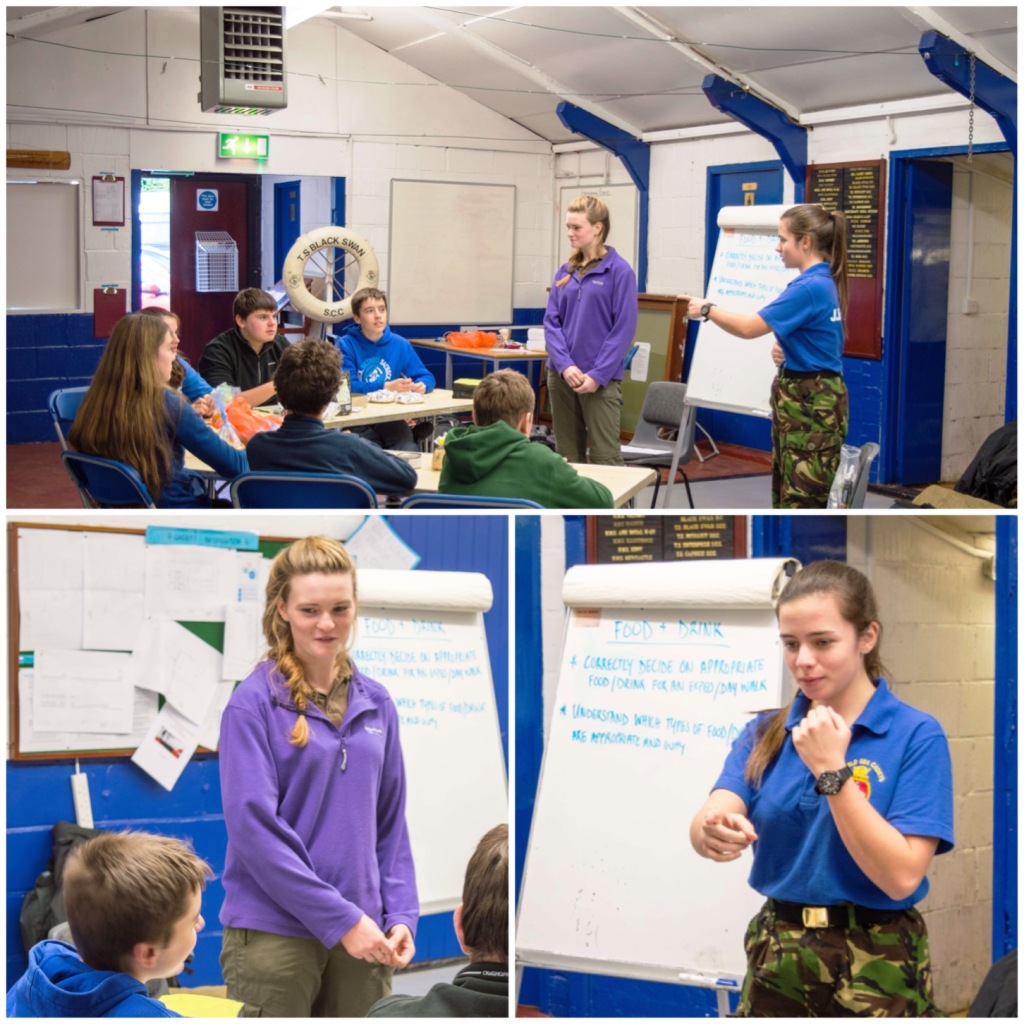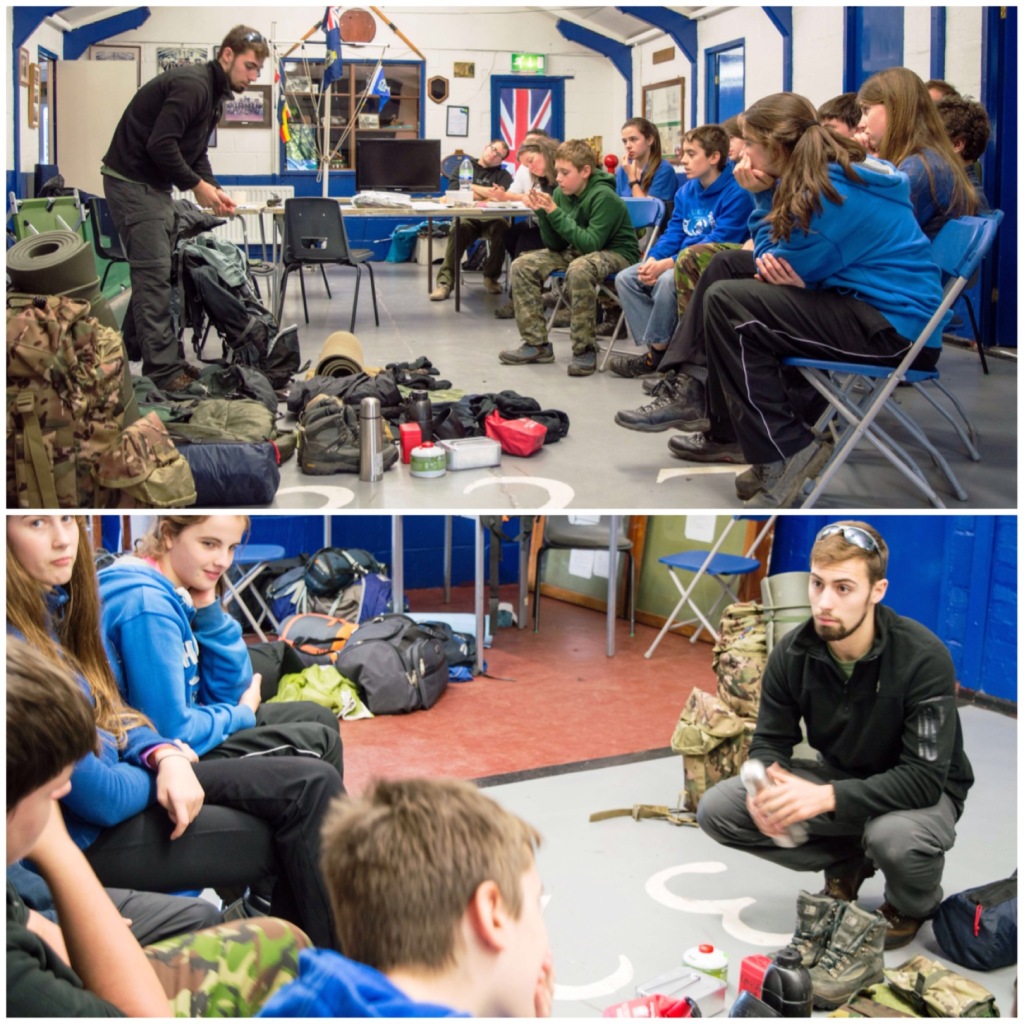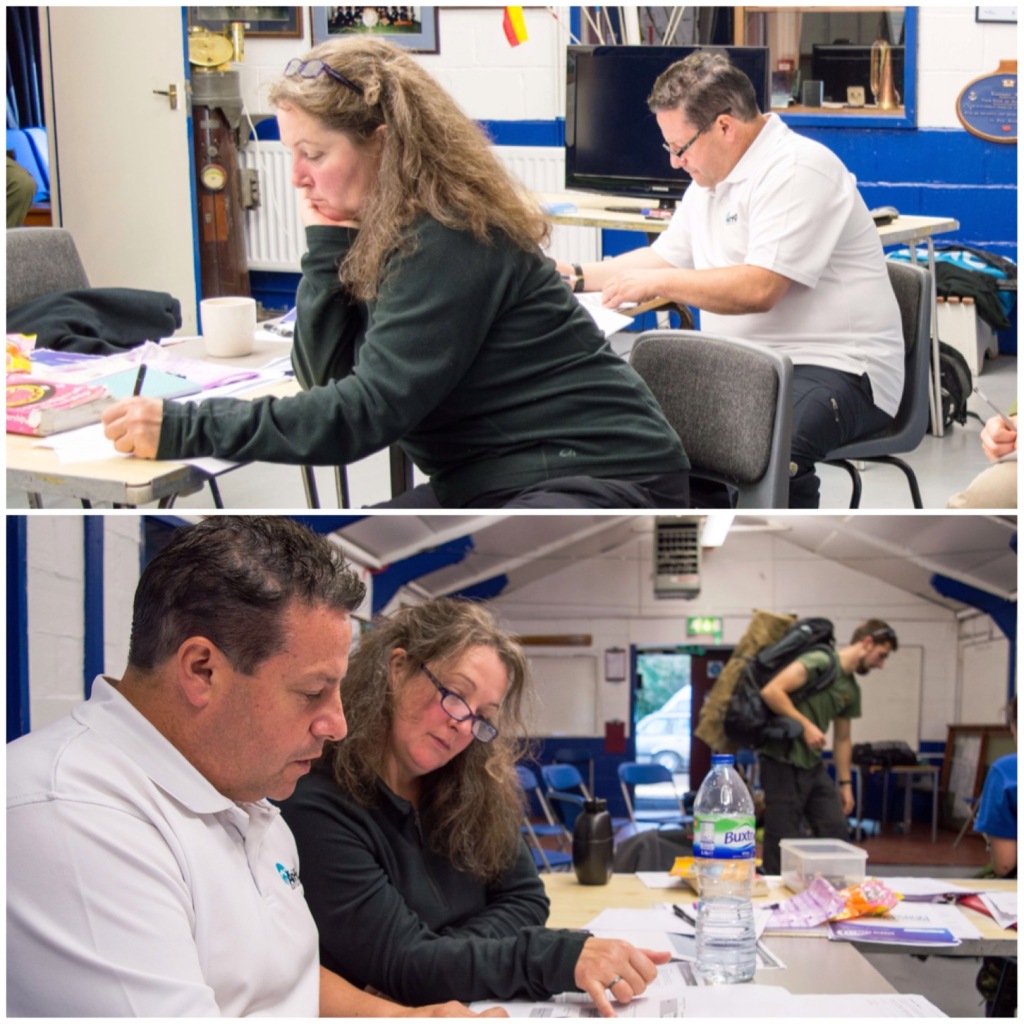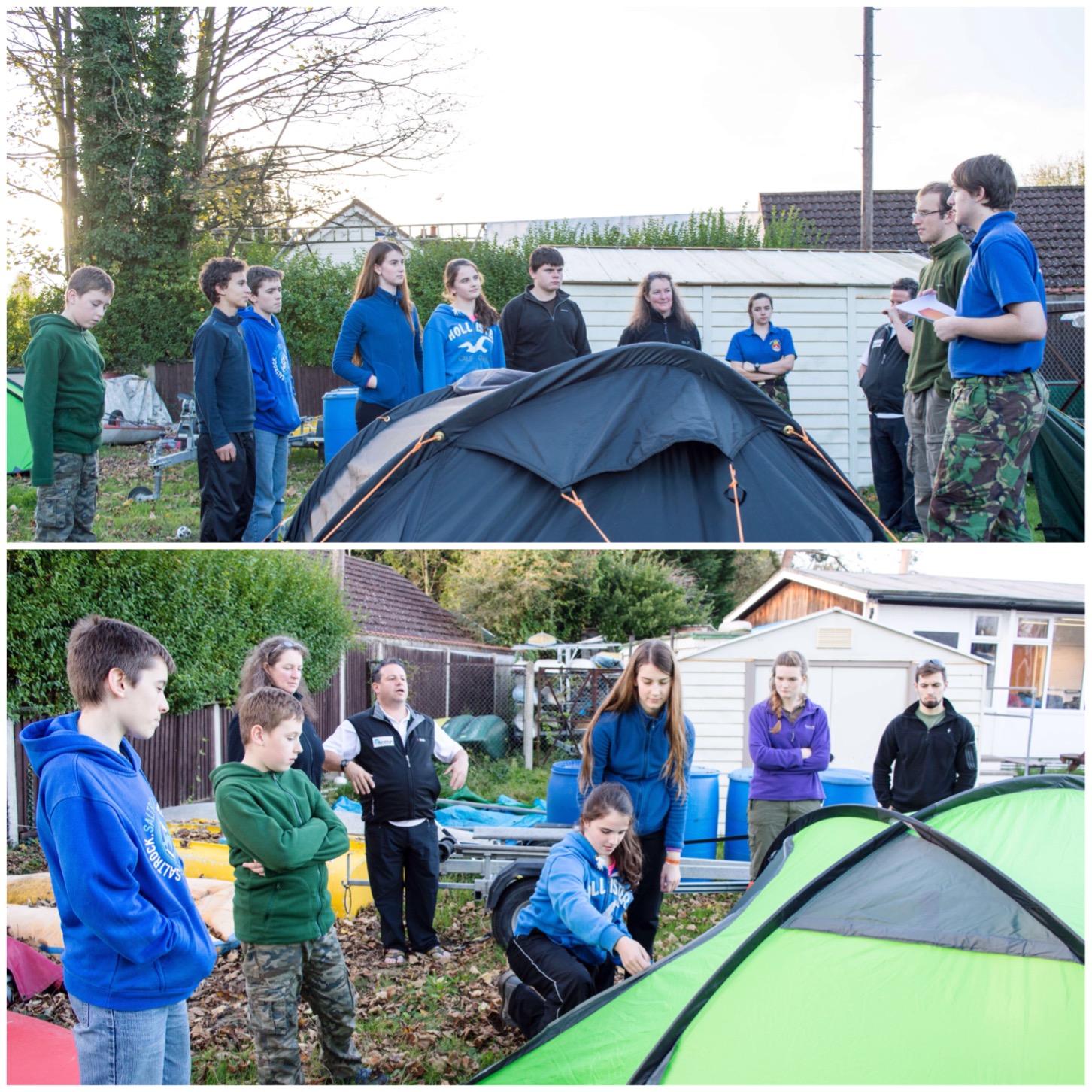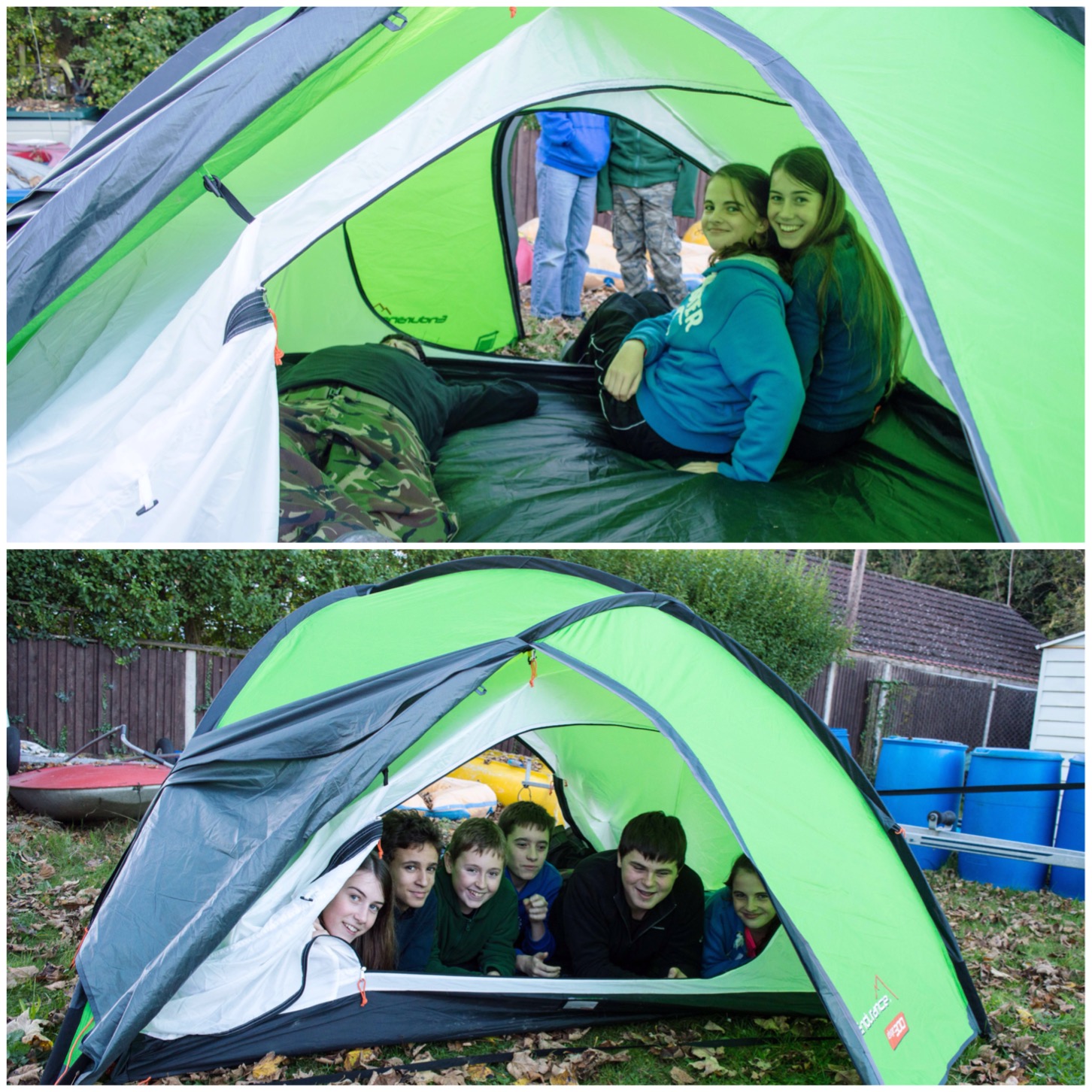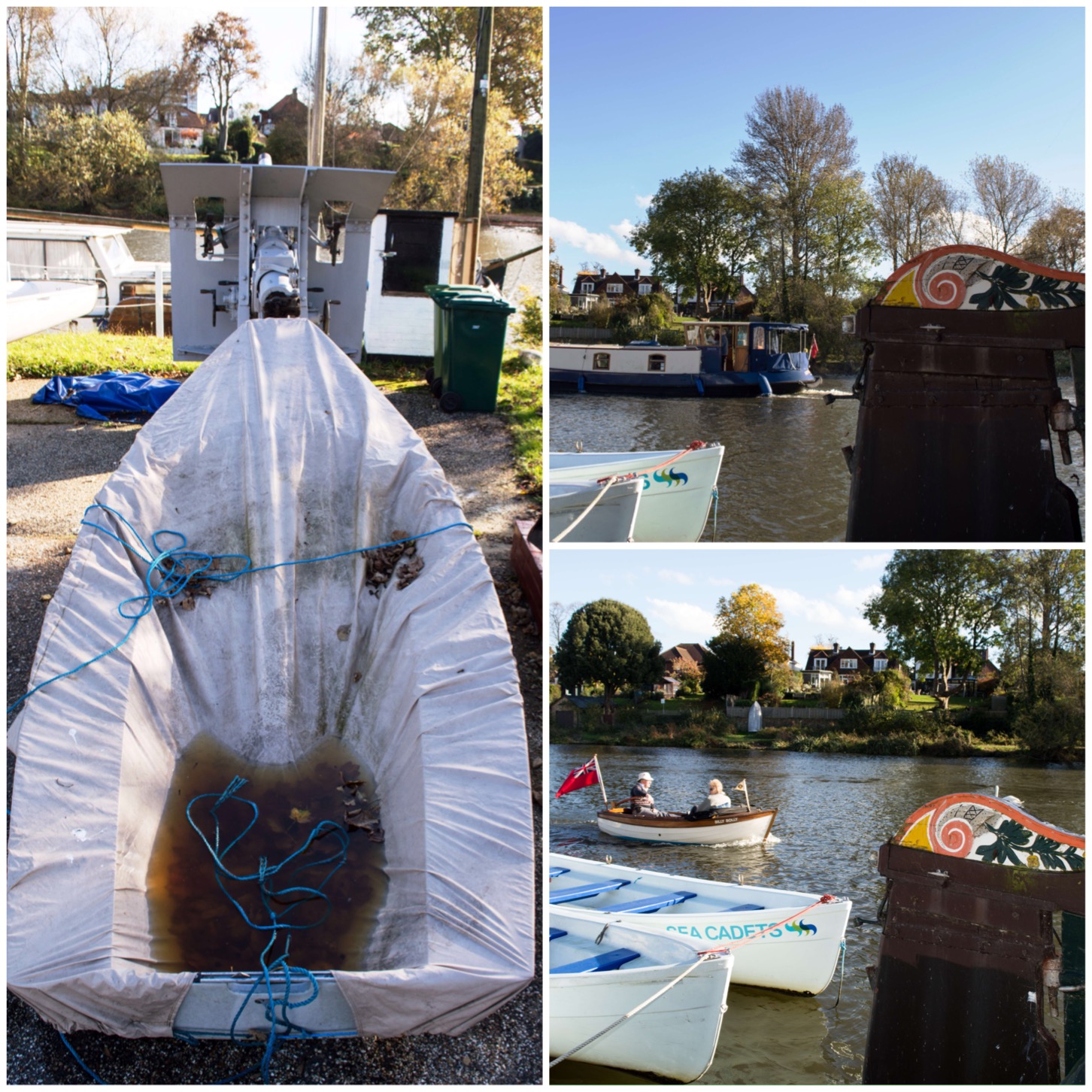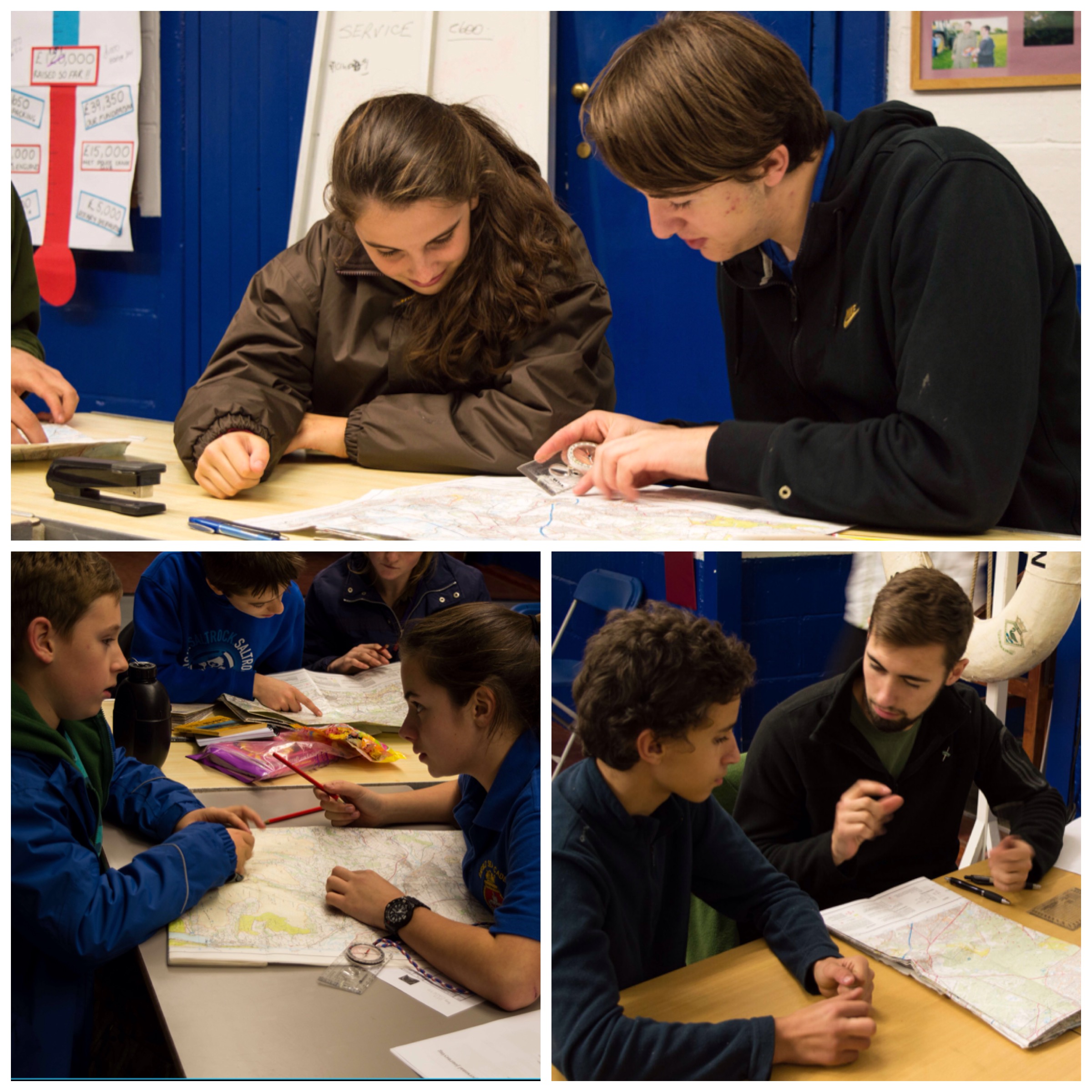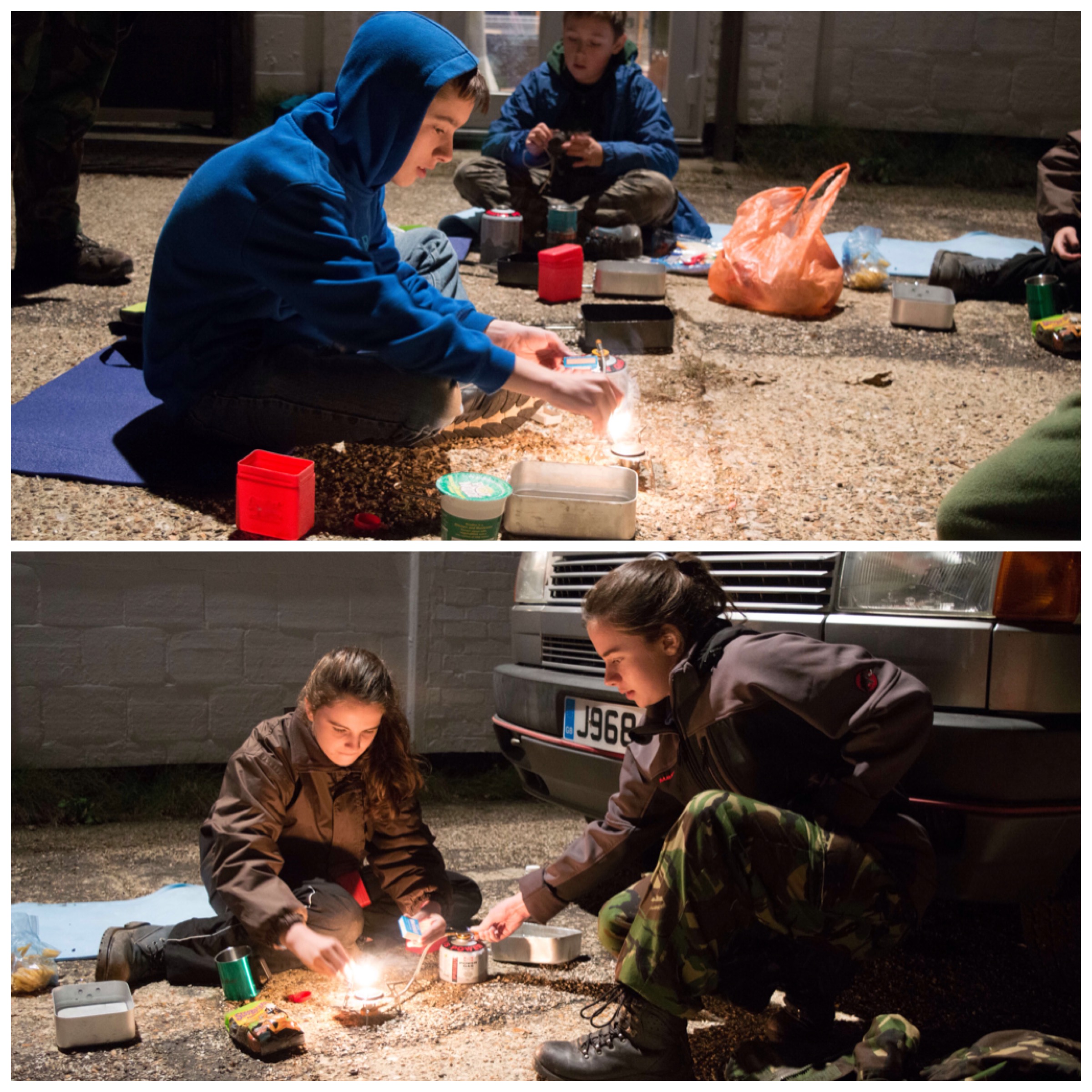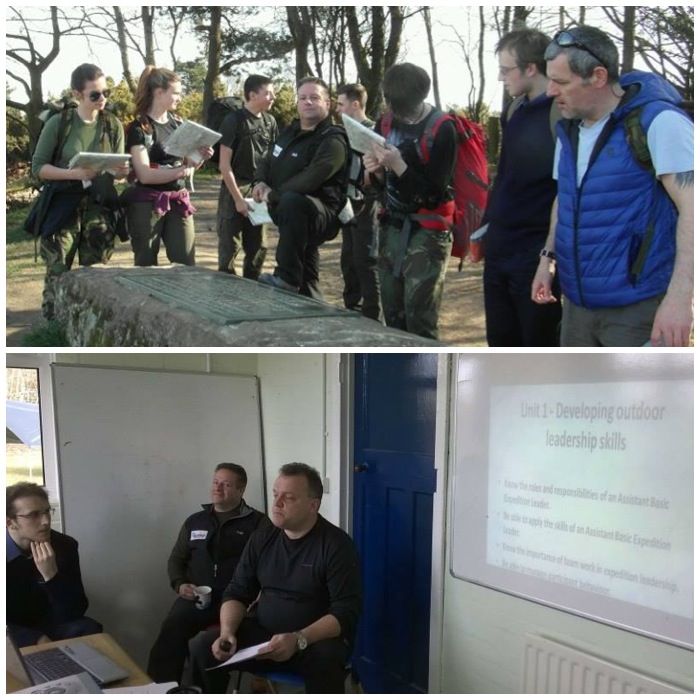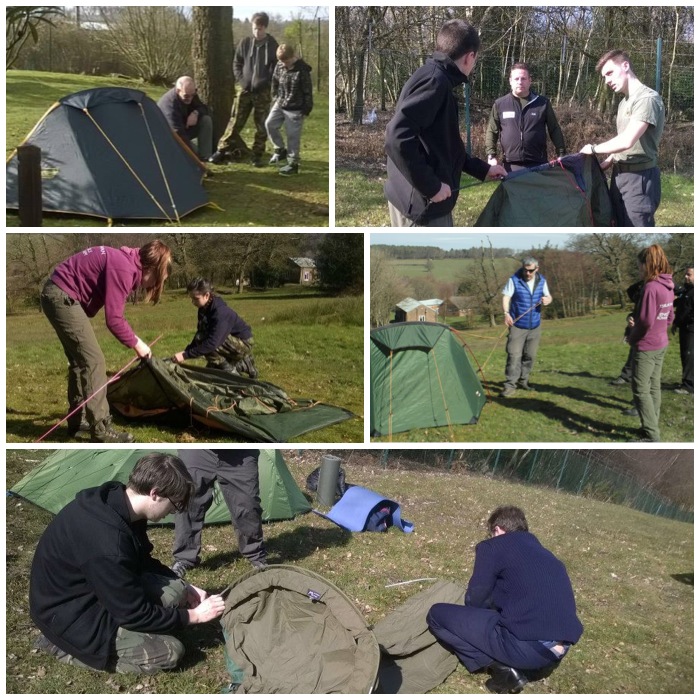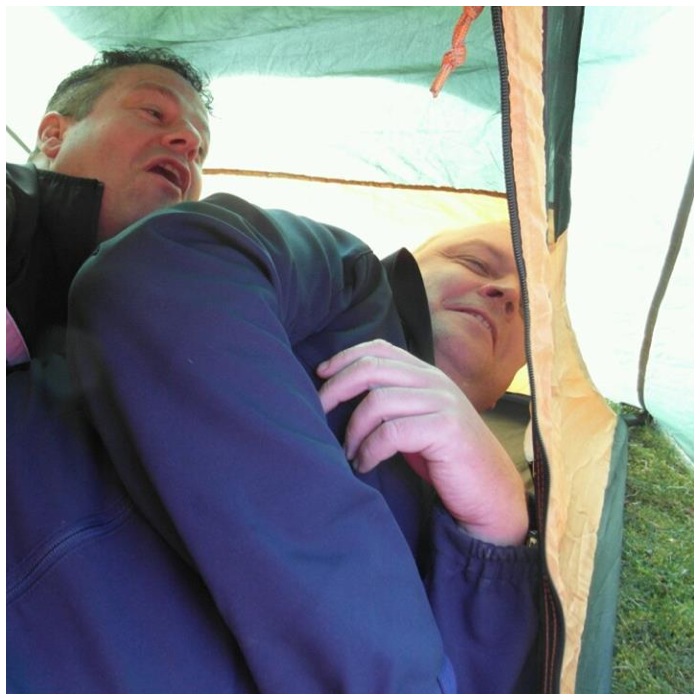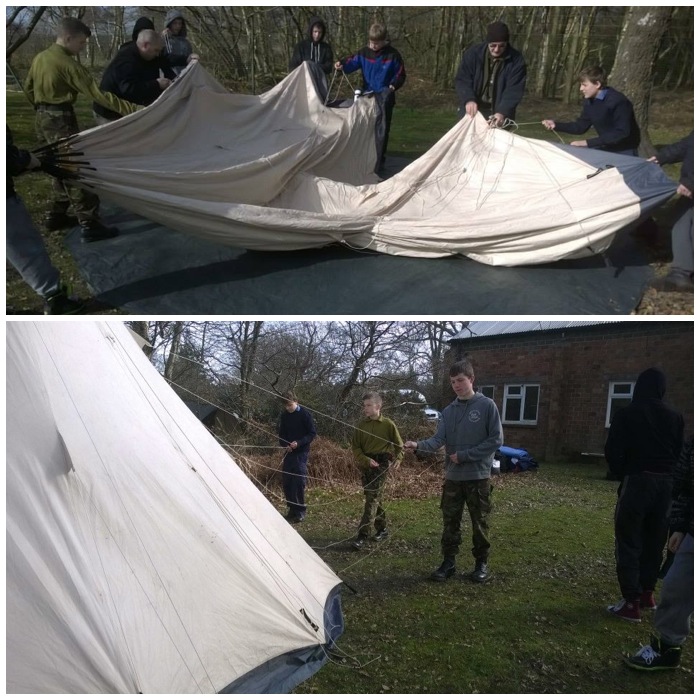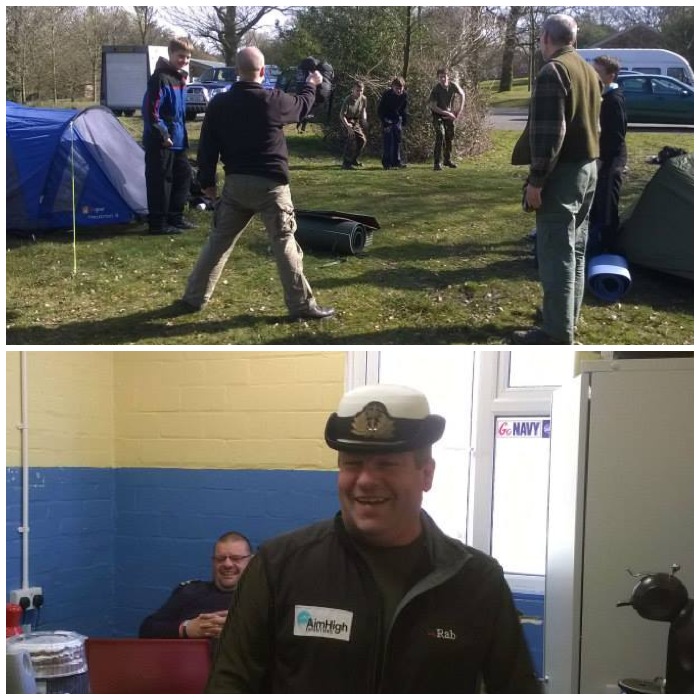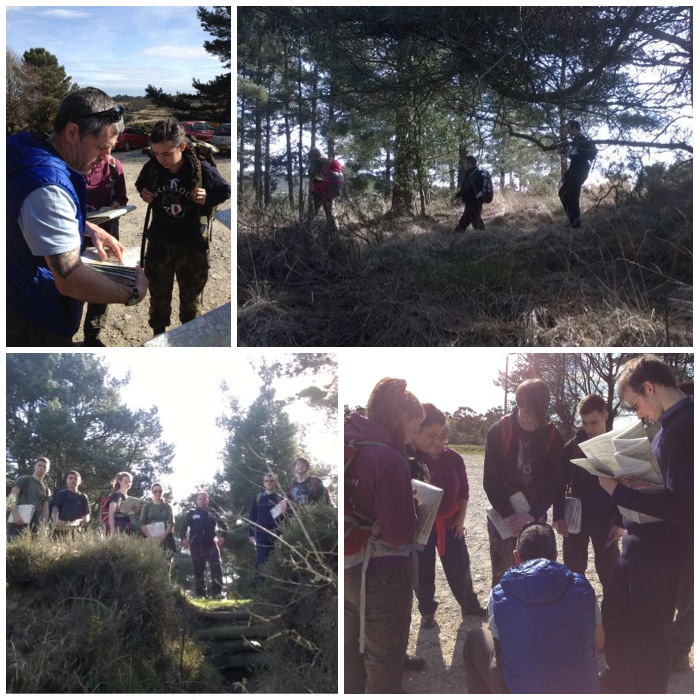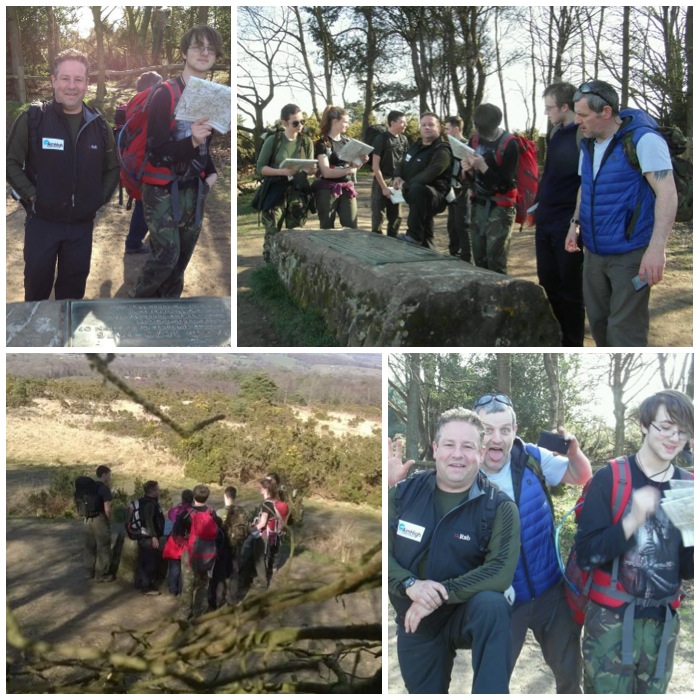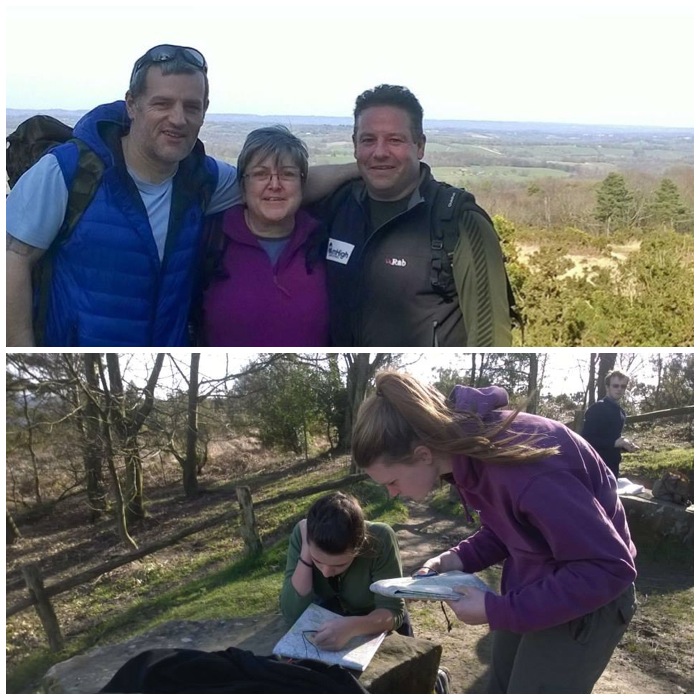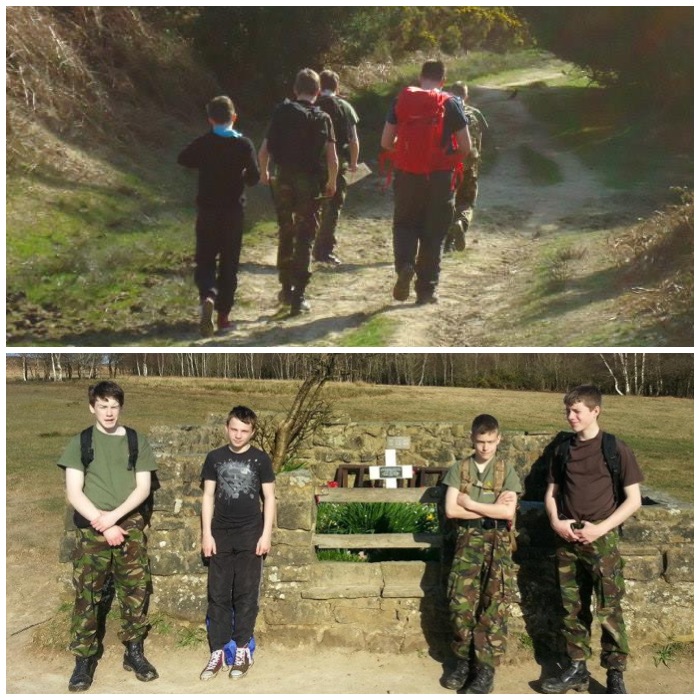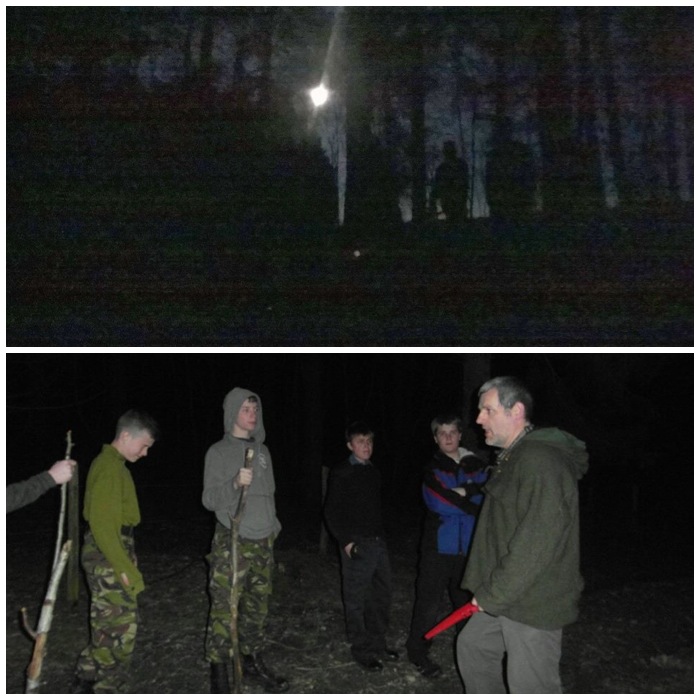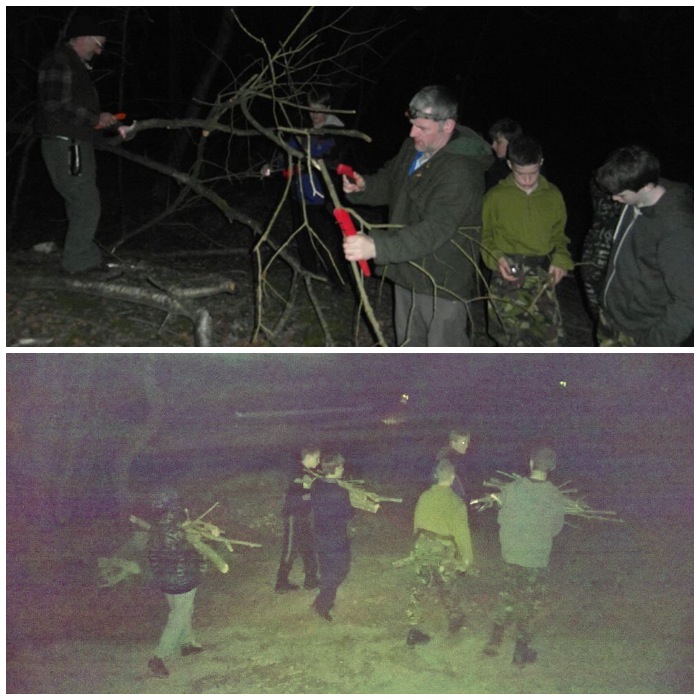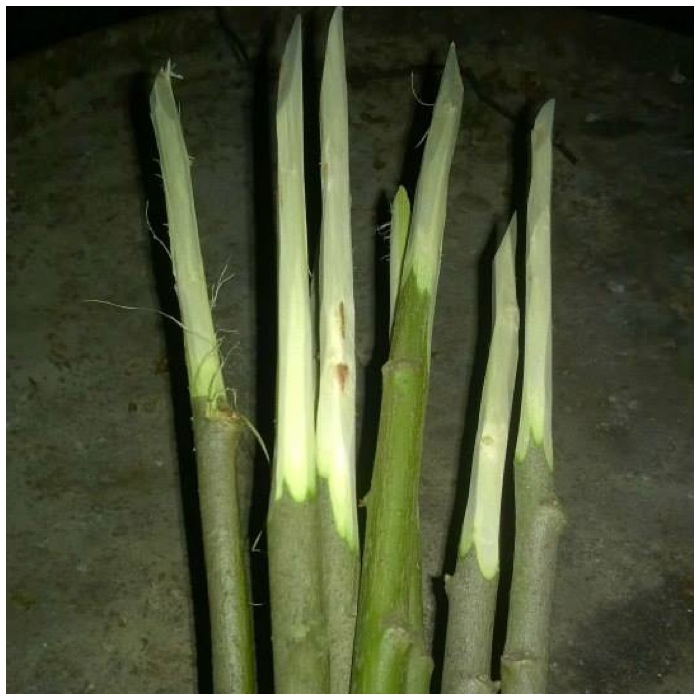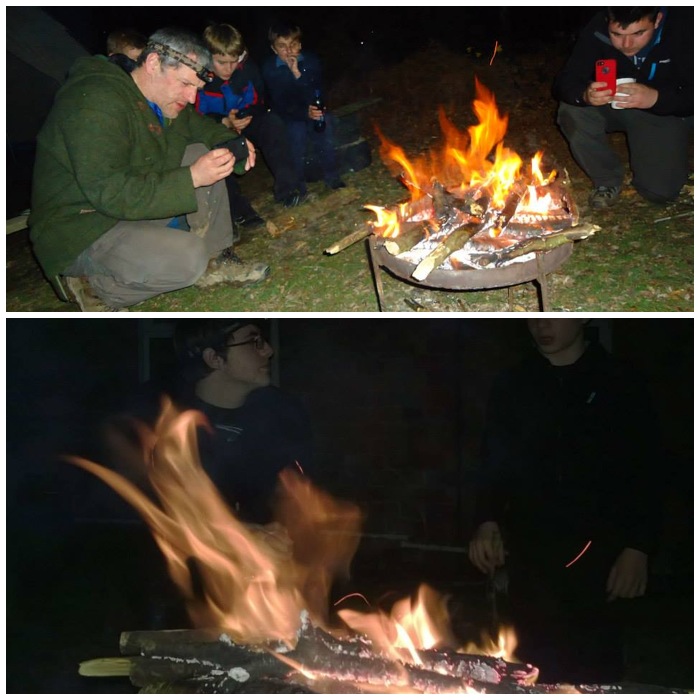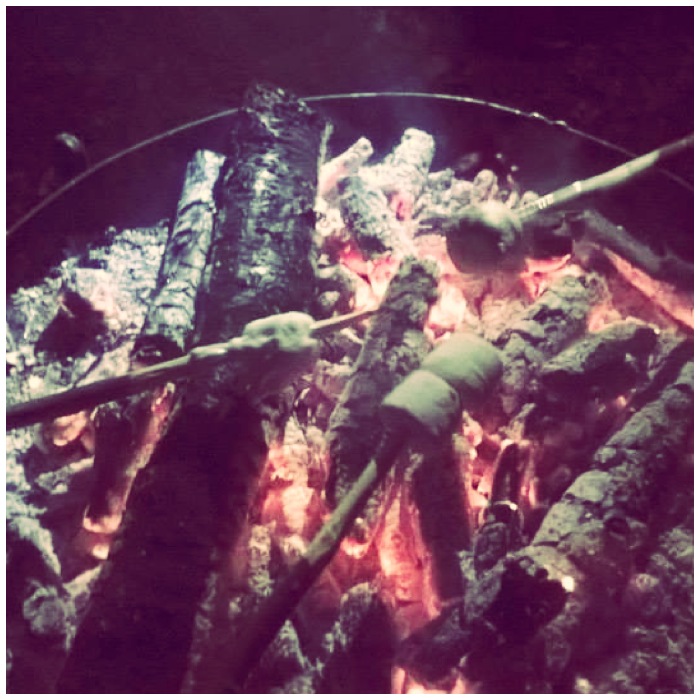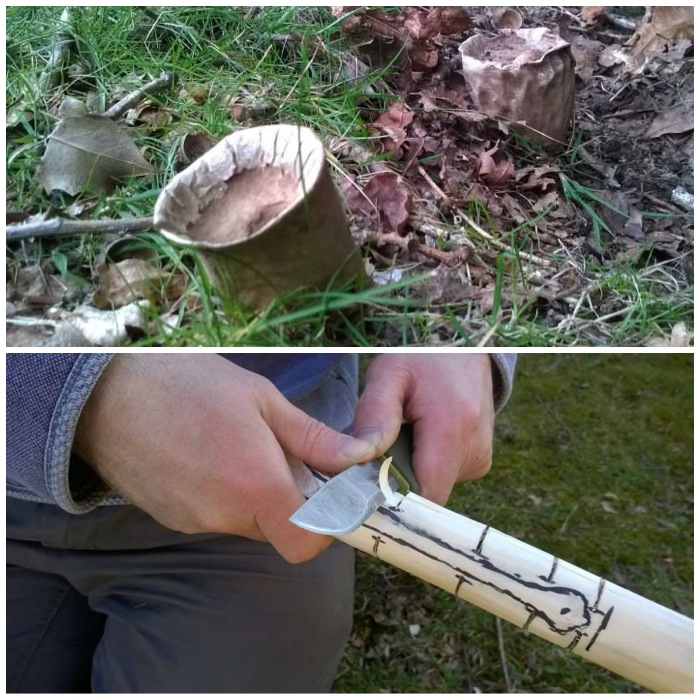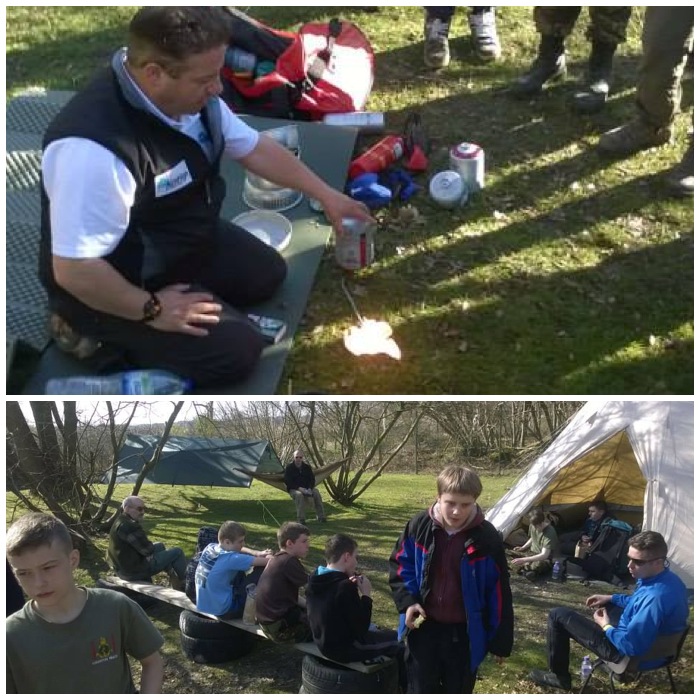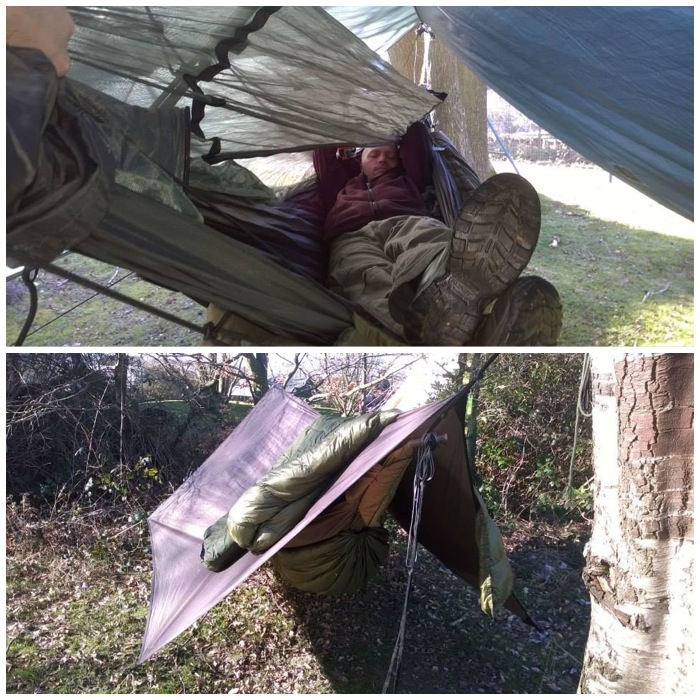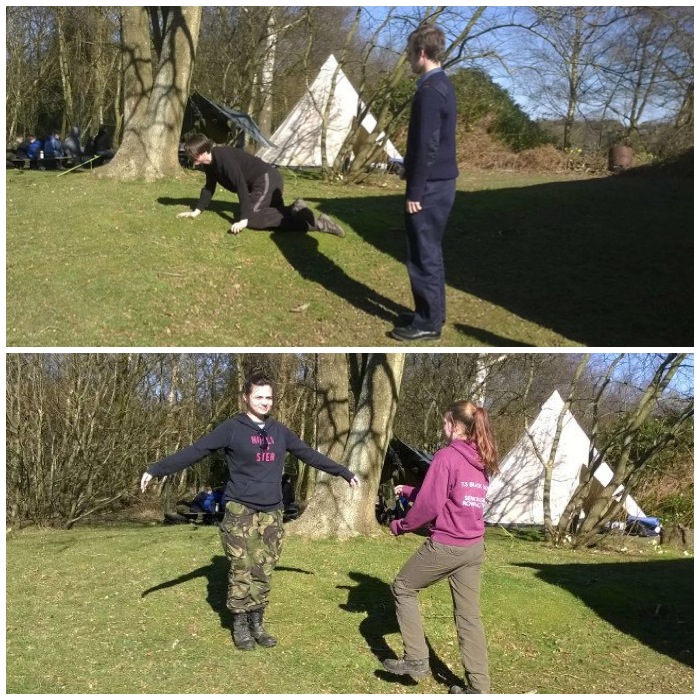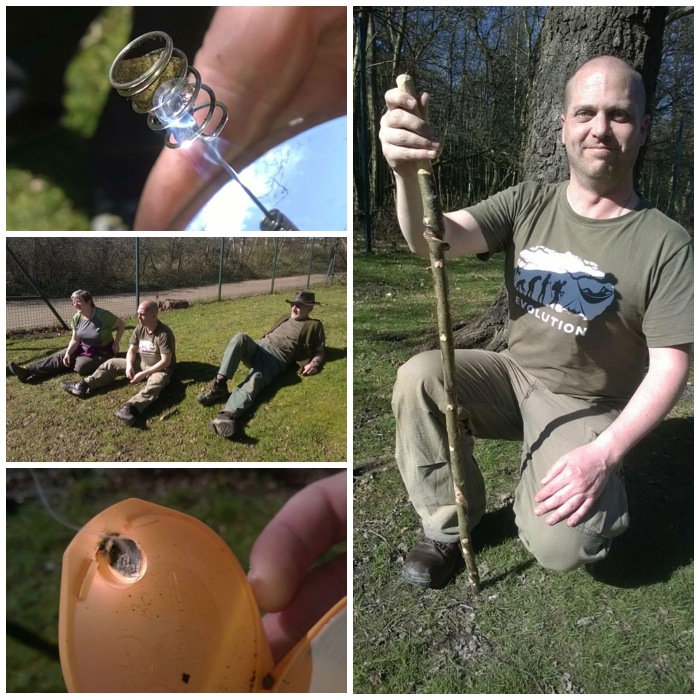This year I became the course director in London Area Sea Cadets for the nationally recognised qualification in Basic Expedition Leadership (BEL). This is the third time we as a Sea Cadet area have run the course and yet again it has proved very popular, with 13 instructors applying. I had set the limit at 12 but with one extra applying I thought that 13 had to be lucky for some 🙂
The course is spread over 4 weekends throughout the year (the final weekend is an assessment) and is aimed at training our instructors to a nationally recognised level where they are qualified to lead day and overnight expeditions in lowland environments. We were supposed to run the first course out of Crowborough Army Camp but due to overbookings there the Sea Cadet unit TS Black Swan (Sunbury & Walton) offered us the use of their building as a base for the weekend. This was ideal as the North Downs were a short 30-minute drive away.
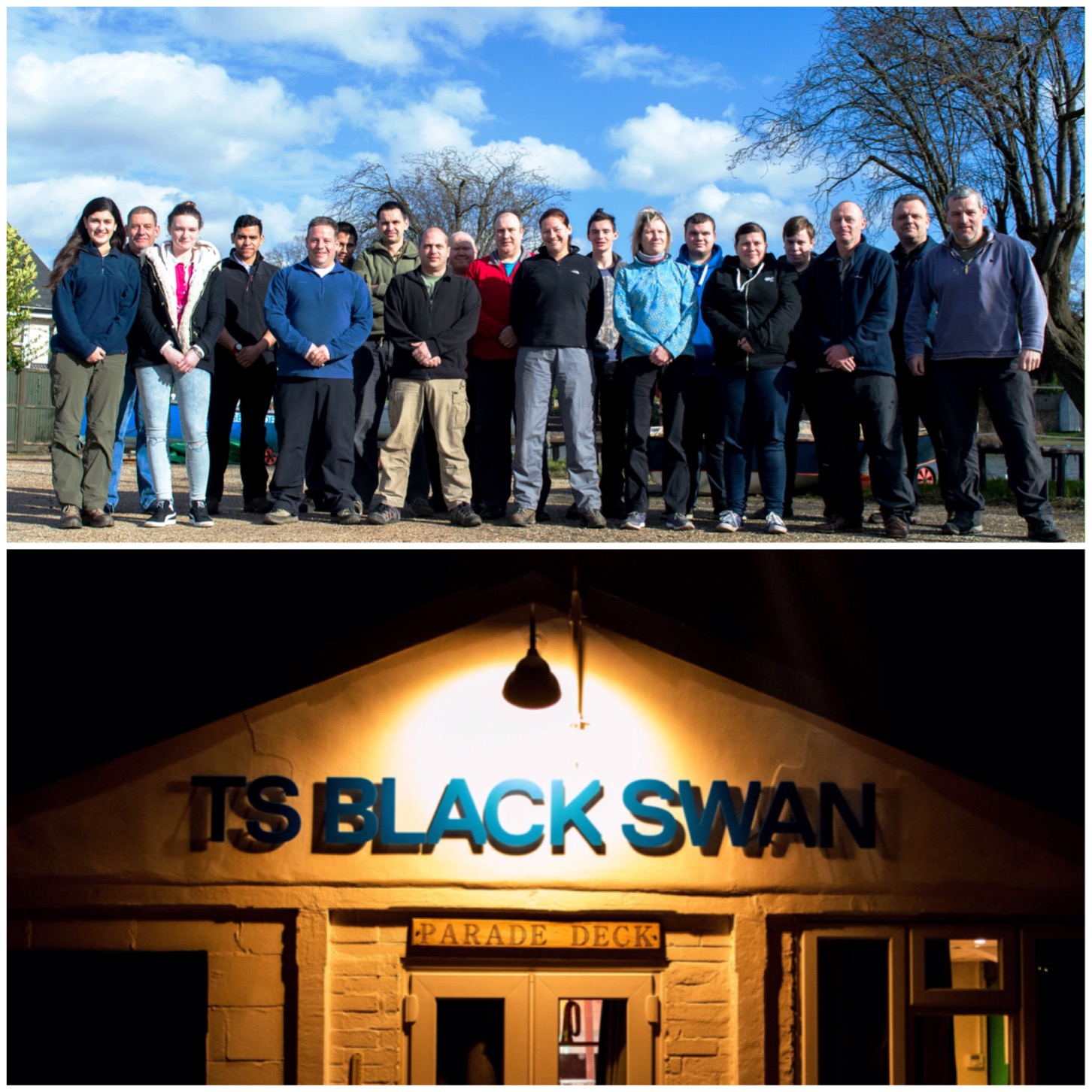
The weekend ran at the end of February and the Friday night was the usual madness of arrival and paperwork that needed to be attended to. Running alongside the BEL course that weekend was also the Basic Expedition Assistant Leadership (BEAL) course run by my good friend John Kelly. This is also a nationally recognised qualification and we run it to allow our older cadets (16 and 17 year olds) the chance to gain valuable outdoor experience as well as the qualification. The BEAL allows you to assist in an expedition, leading your own walks but not in overall control of the expedition.
Saturday morning, after a fantastic breakfast from the unit staff, was spent going over how the BEL certificate works in terms of the legal stuff and how it fits with Sea Cadets more generally.
We have candidates this year with a wide variety of experience, from very little to many years, so it was all new to some and for others the start of a period of Continuous Professional Development, but all will face an equally exacting assessment at the end of the year.
As soon as we got outside Graham Brockwell led the class on tents.
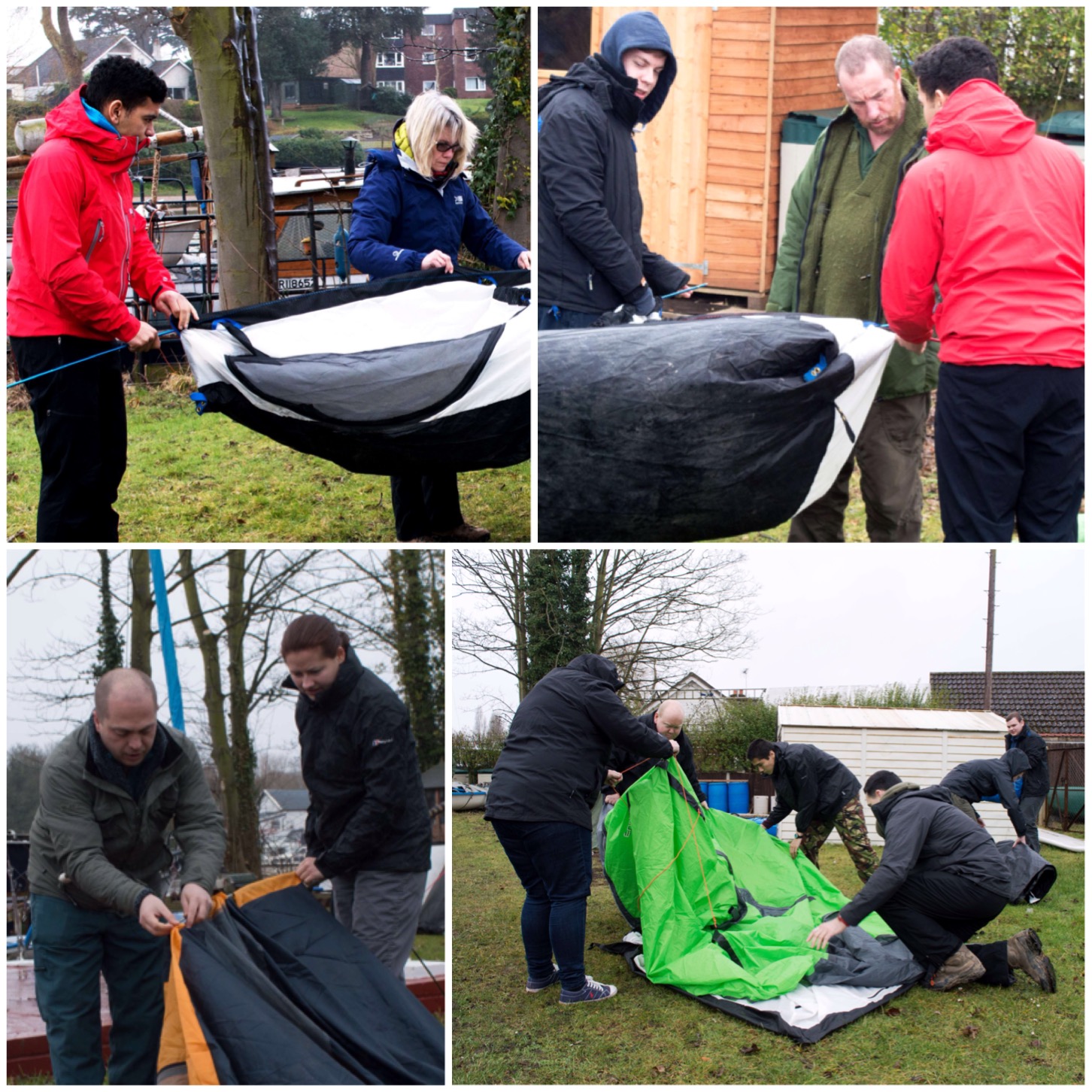
This class was designed to show the students the wide variety of tents they will come across in the future and give them hints and tips on setting them up and, crucially, hints and tips on explaining all that to the cadets they will be training in future.
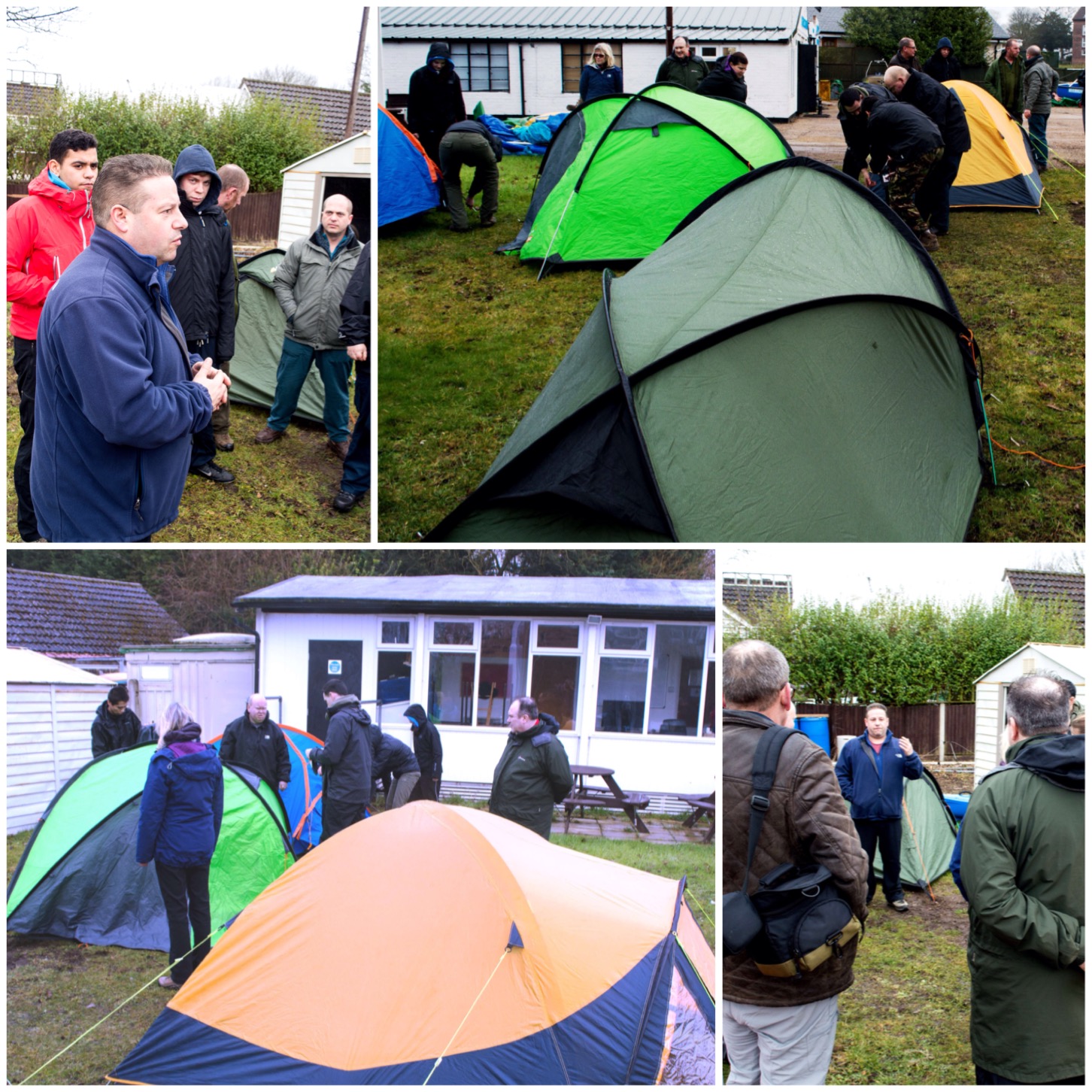
One of the reasons I was very happy to take up the kind offer of Sunbury & Walton unit to use their building was that this first weekend involves a large amount of classroom time. As the weekends progress most of the classes need to be undertaken outdoors, giving the students time to practise everything they have learned.
Classes we gave included basic map work, legal definitions, risk assessing, meteorology, and also on clothing and equipment.
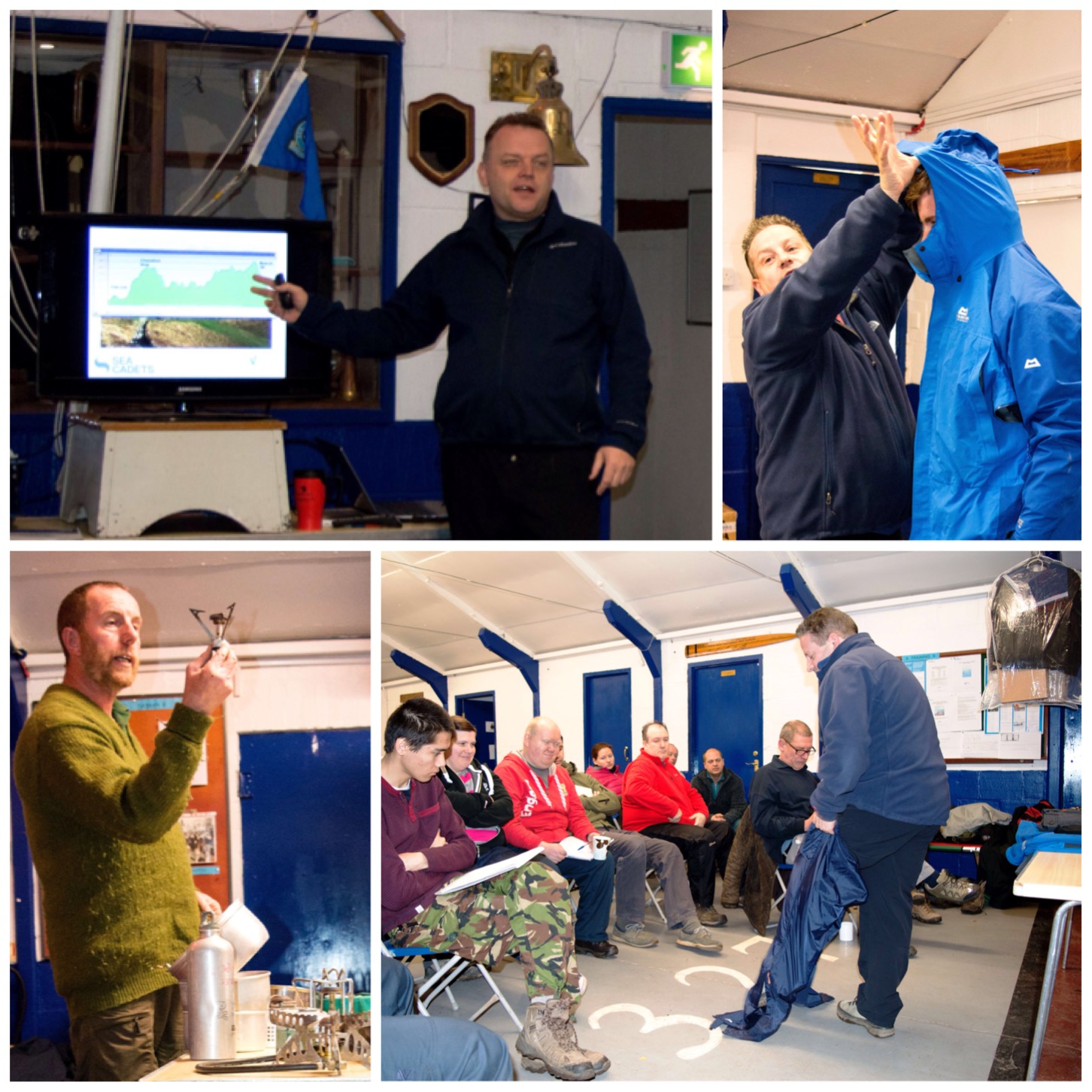
As the course goes on all the students will have to cook for themselves on their own camp stoves but for this weekend we had Paul Kelly and staff from the unit cooking for us. All I had to sort out for myself was some lunch on Saturday. A great job guys – it was really appreciated.
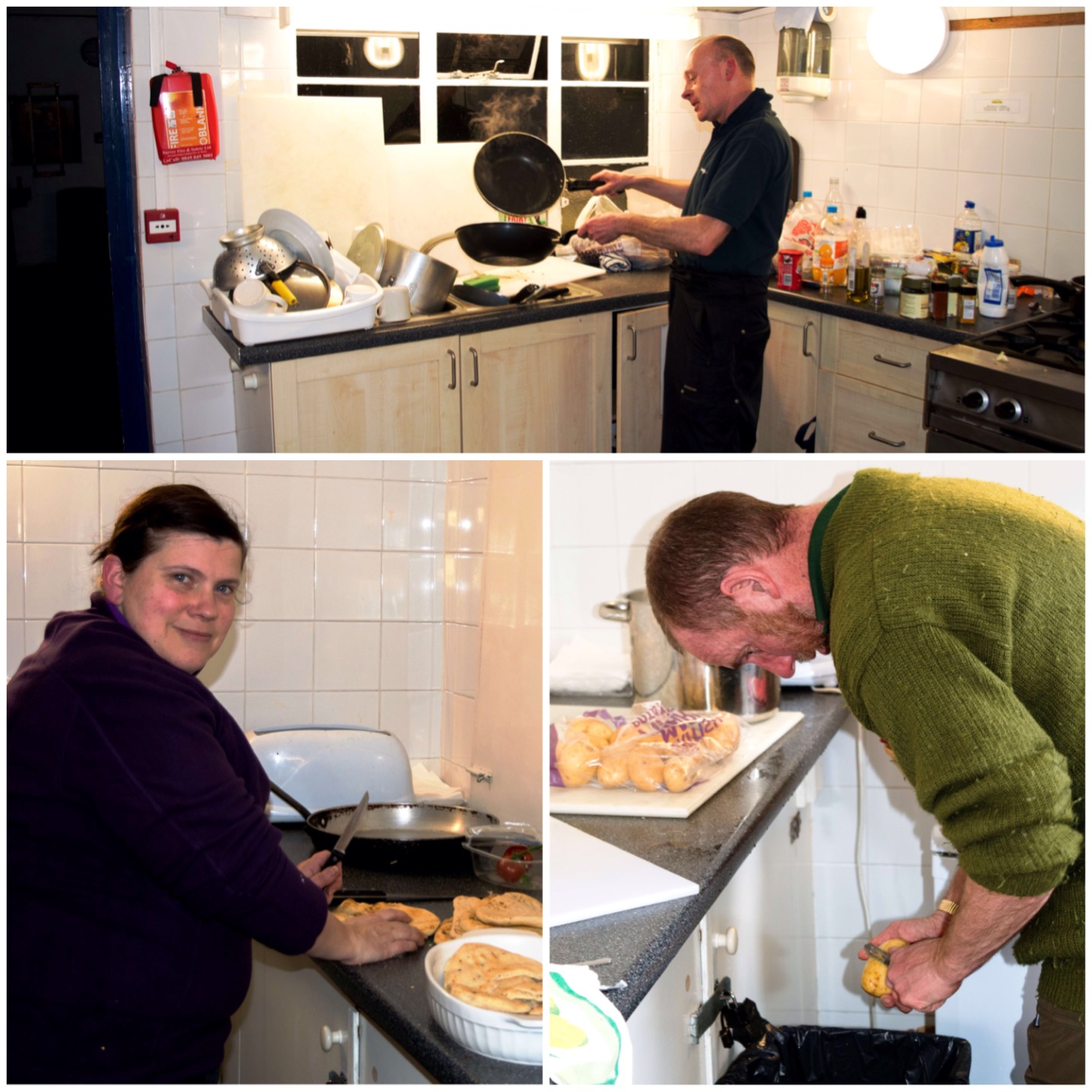
Saturday night’s meal was really worth a mention. We all chipped in ten pounds and Paul and the gang produced a wonderful curry with some wine to wash it all down.
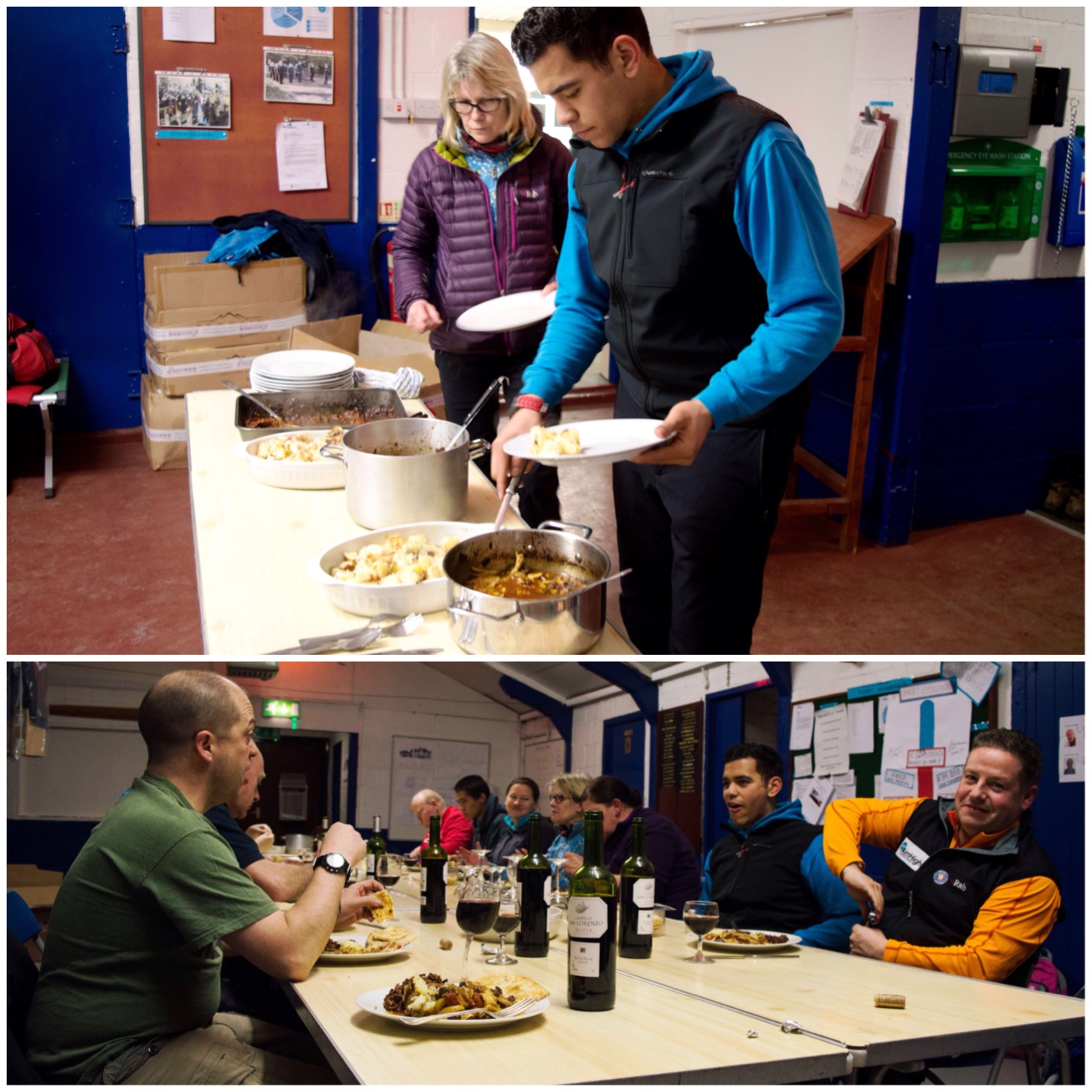
After lunch on Saturday we headed out to the North Downs for some map work. To begin with the instructors took the lead in delivering this training. Everyone went back to basics with using a map (no compass at this stage) as we had such a wide variety of experience within the group. I found this helpful later when the very experienced students were able to assist their colleagues.
It was a damp and windy day but I find I am most comfortable in this kind of environment.
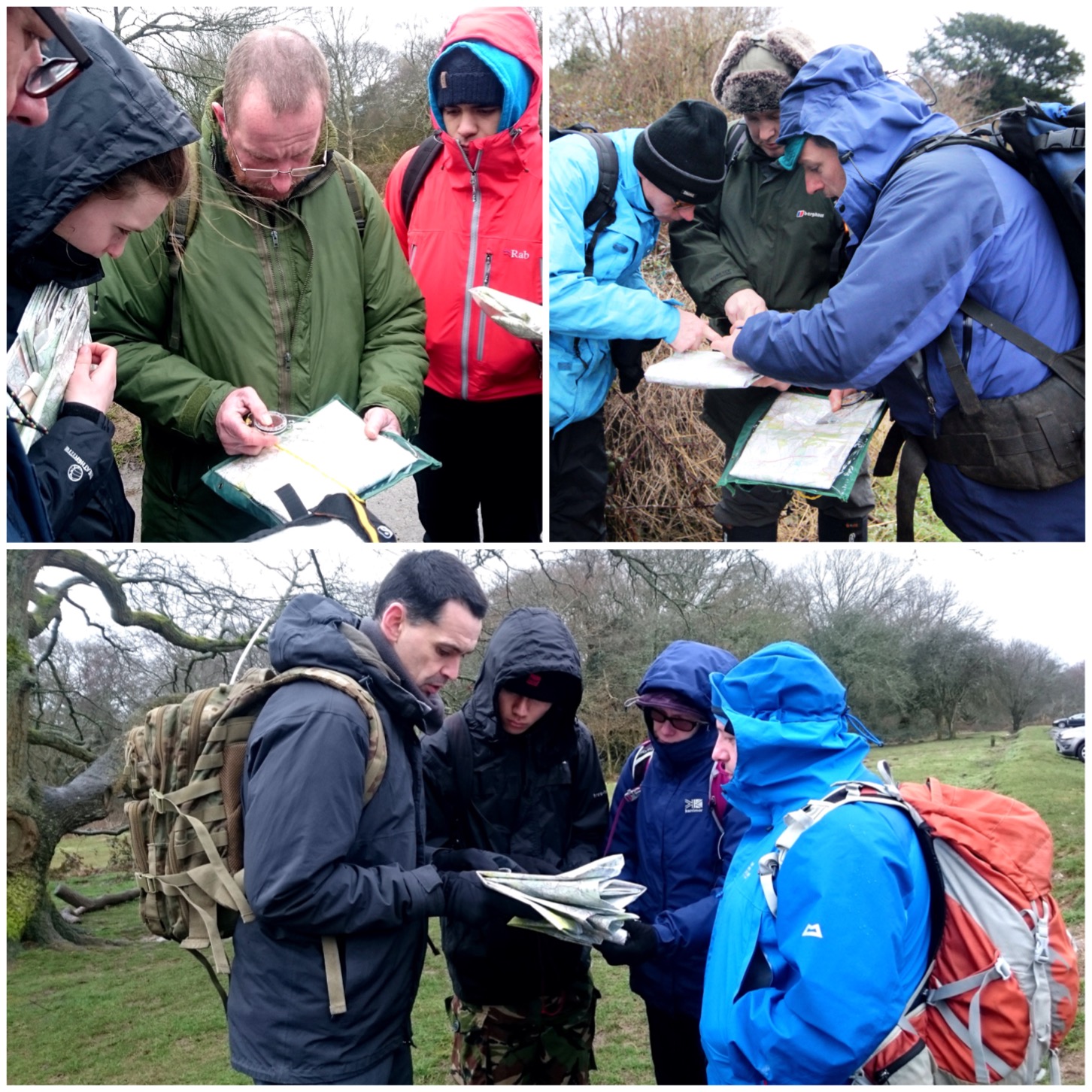
Needless to say, in between sessions when we were out and about we needed to take the occasional break. I like about 10 minutes’ break for every hour of travel so I found ample time to deploy my small EDC hammock chair (UKHammocks). Both Dave and myself are of the school of thought ‘if you can sit – sit, if you can lie down – lie down, if you can sleep – sleep’.
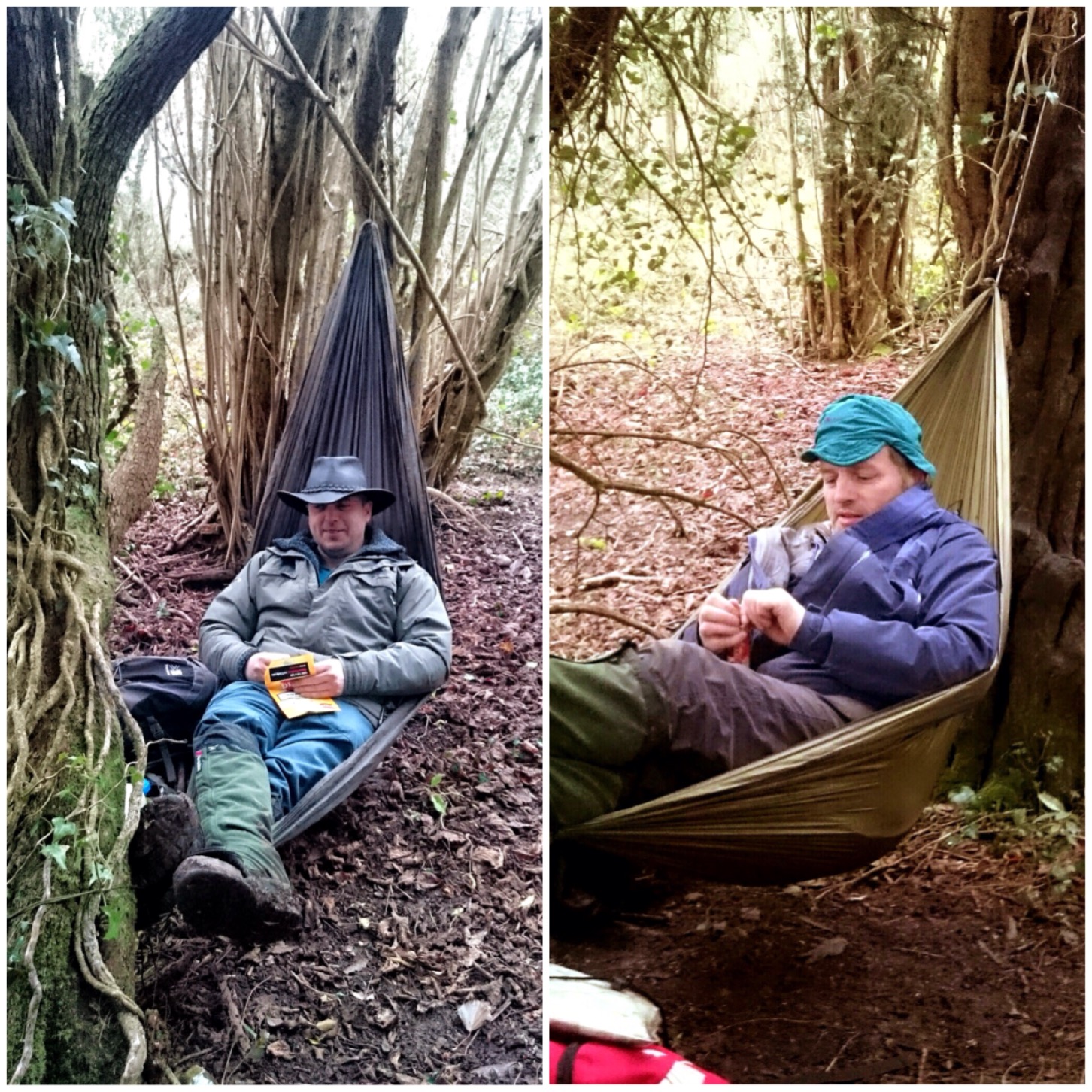
While we were strolling on the slopes of the North Downs there was little in the way of flowering plants on display but I found plenty of other beauty around – I just had to look a little bit harder.
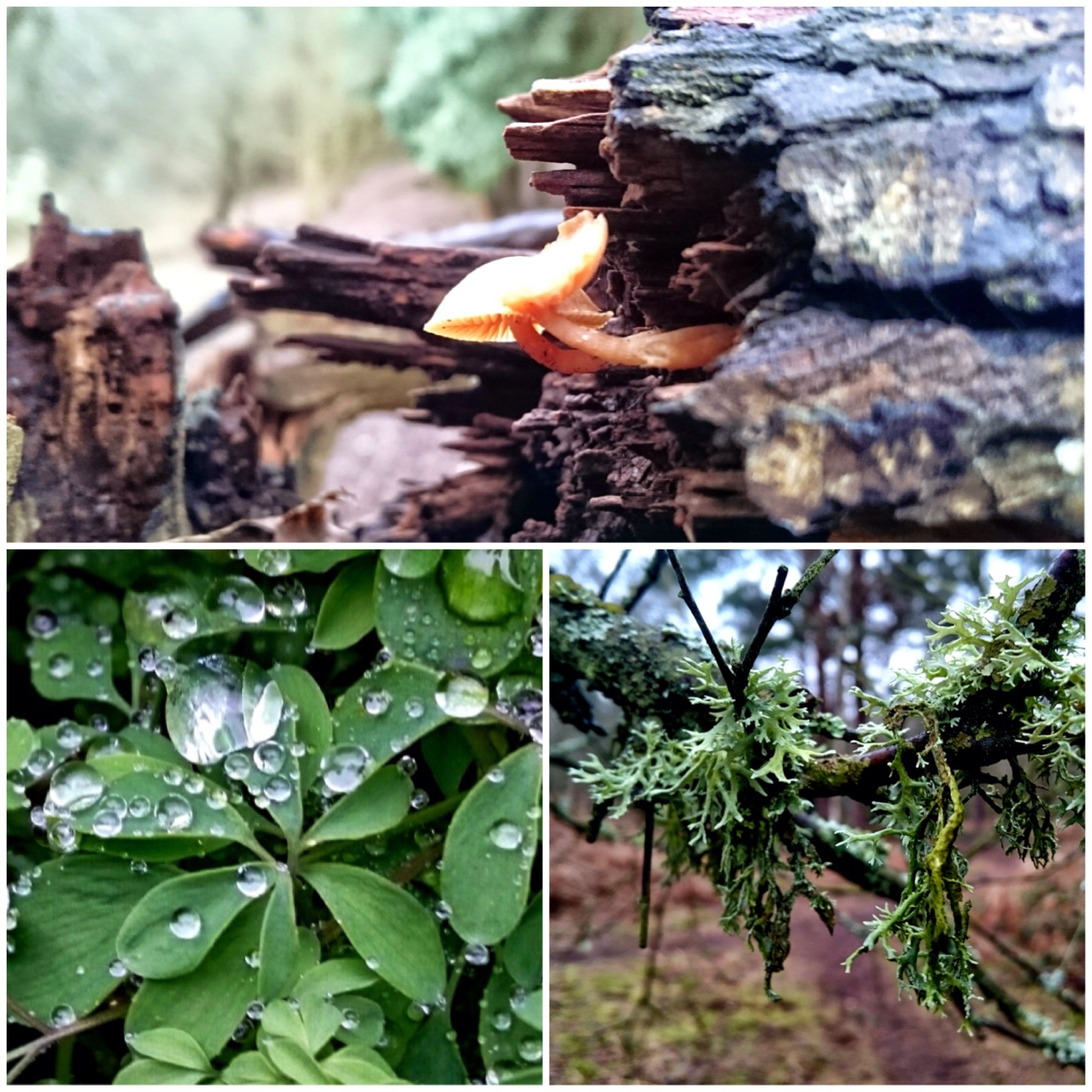
Once everyone had gotten the basics of scale, symbols and setting their maps to the ground we gave everyone individual legs of the journey to lead. Later we brought in the use of the compass, pacing, and talking about tick-off points, cut-off points and hand-railing.
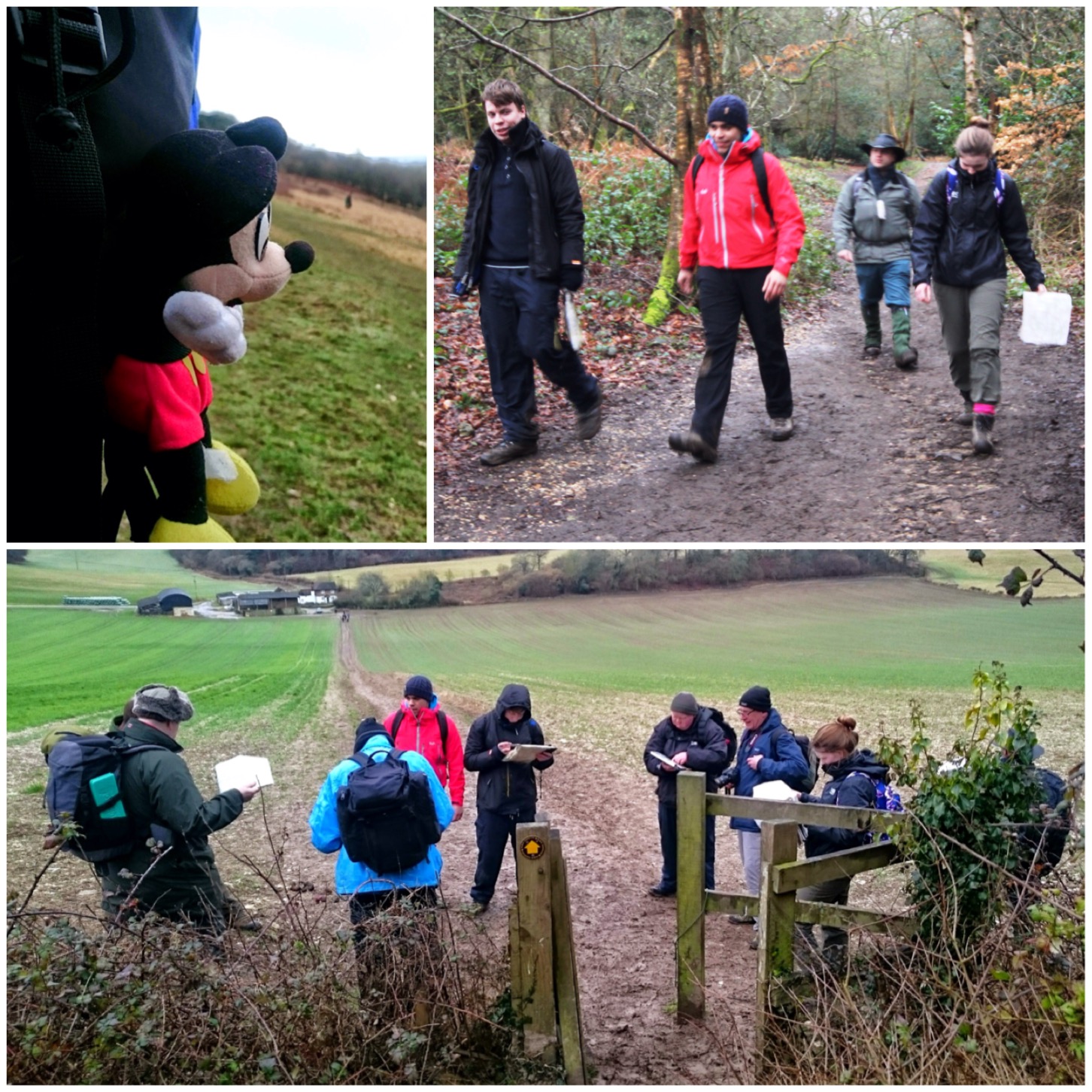
The rest of the weekend was spent getting to grips with all the BEL paperwork, more classes on maps and routecards, planning for the next weekend in Dartmoor and a bit of relaxation on the Saturday evening.
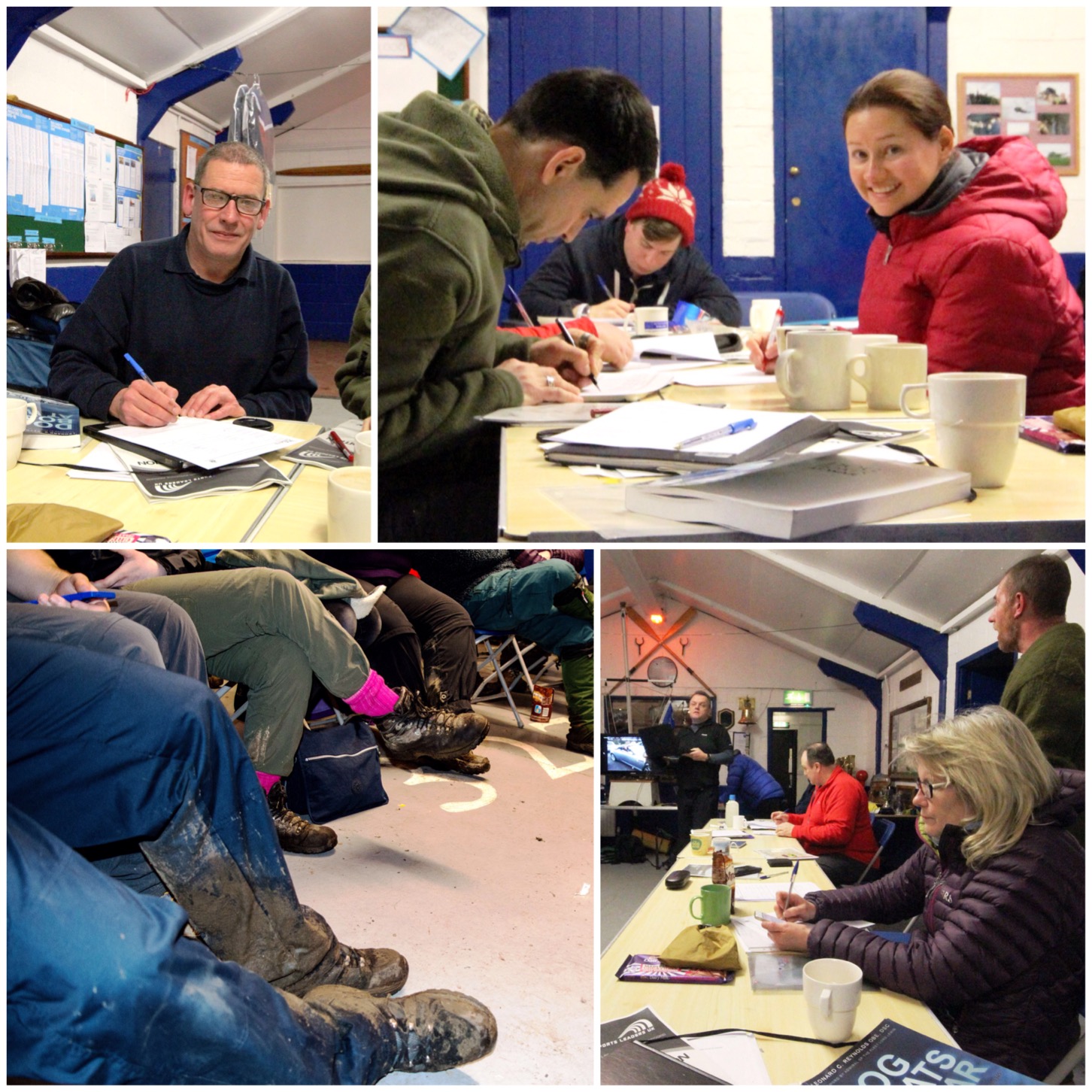
We finished the weekend on a high when Perry presented Tara Kelly with her BEAL certificate. Tara undertook the BEAL last year while she was a cadet and the weekend was a good opportunity to present her with her pass certificate.

The next weekend is in April and we will be heading down to Dartmoor to give everyone a chance to appreciate what type of countryside they will be allowed to work in and what type they will not, also to continue working on all the skills they learned on this weekend.
Cheers
George
